2022

YOUR GUIDE TO THE MOST AWARDED WORK IN HEALTHCARE IN SUPPORT OF



2022

YOUR GUIDE TO THE MOST AWARDED WORK IN HEALTHCARE IN SUPPORT OF




This year we have compiled our most comprehensive and detailed World Top 10 to date. It's hugely exciting to see the level of work continuing to push creative boundaries for clients and the industry as a whole. The work featured varies from traditional pharma clients right through to consumer brands, a sign that the world of healthcare advertising is more wide ranging than ever.
I hope you will agree that the World Top 10 list is already an impressive annual of work. We’ve worked tirelessly and meticulously to create a list of the best campaigns, agencies, and countries in healthcare advertising. The AdHealth World Top 10 also contains interviews with some of the industry’s most influential leaders to get their view on the best work of 2022, and their hopes for the year ahead.
So, if you’ve featured in this annual, congratulations!
If you haven’t, we are looking very forward to seeing what groundbreaking creativity you can unleash in 2023.
Mark & Tim Mark Evans Founder of Advertising Health Tim Jones Editor of Advertising Health
Mark Evans Founder of Advertising Health Tim Jones Editor of Advertising Health
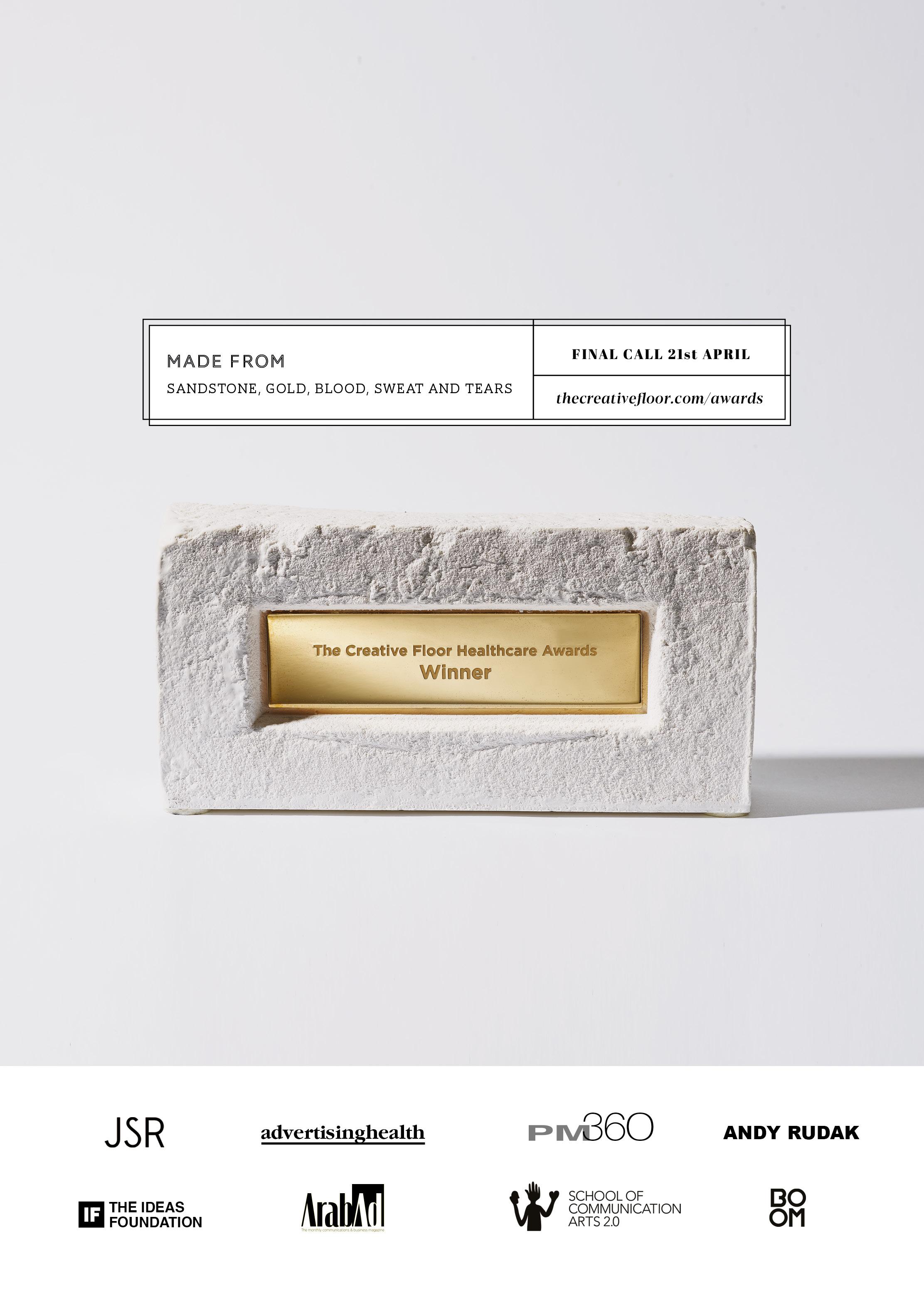

Our industry has demonstrated that when the world’s biggest challenges call, it’s not a fizzy drink or a chocolate bar that will save the day, but incredible science and world-class creativity to deliver those stories.
We should not forget that the pandemic has also shone a spotlight on the inequalities that still exist within our industry. It’s no coincidence that many of the agencies in the Top 10 have DE&I at the heart of their culture, leadership and creative product. Congratulations to everyone on the list and those who have supported this annual. I hope that this publication is an inspiration for all of us and you’re as proud of it as we are.
Shaheed Peera Founder, The Creative Floor
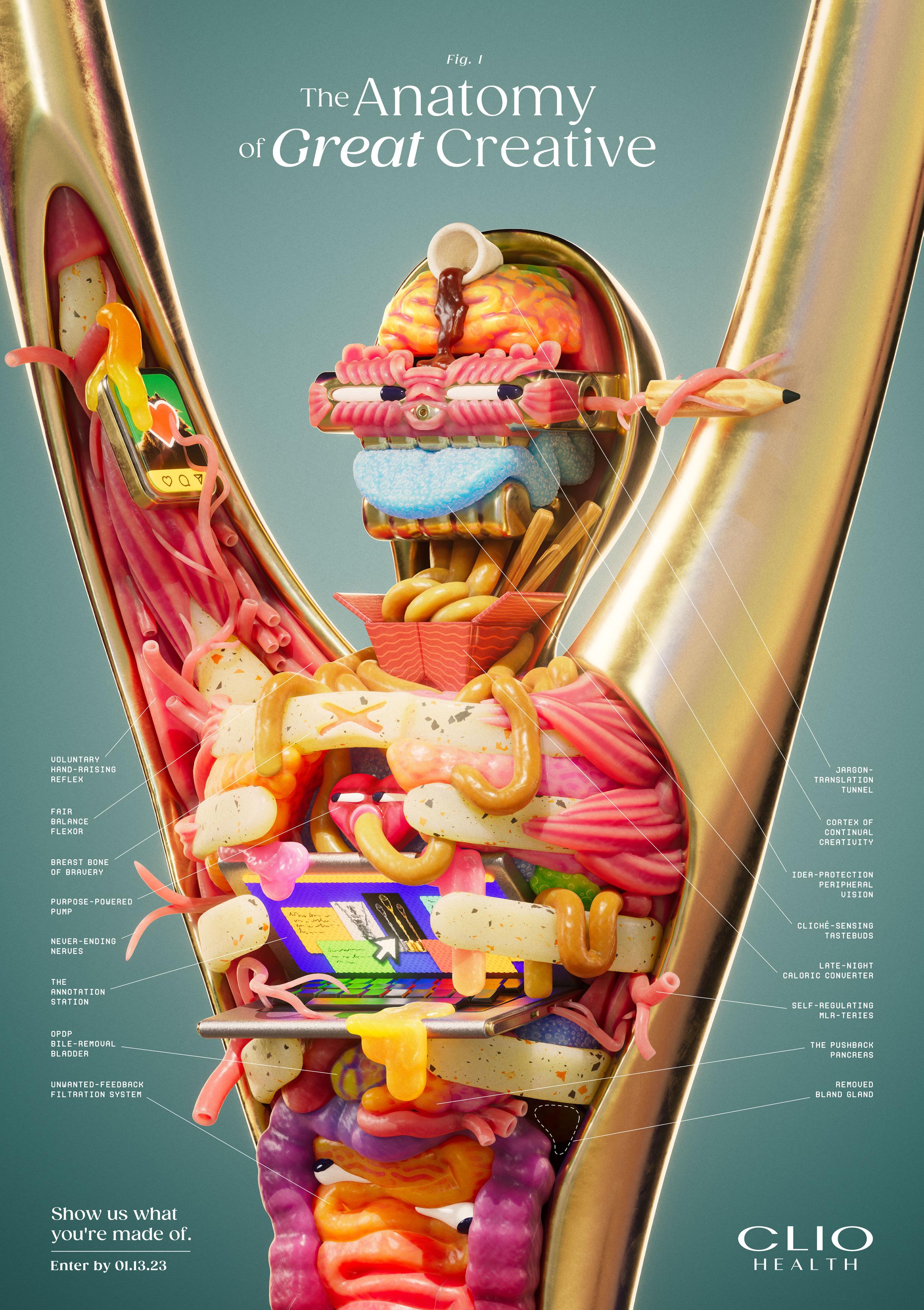
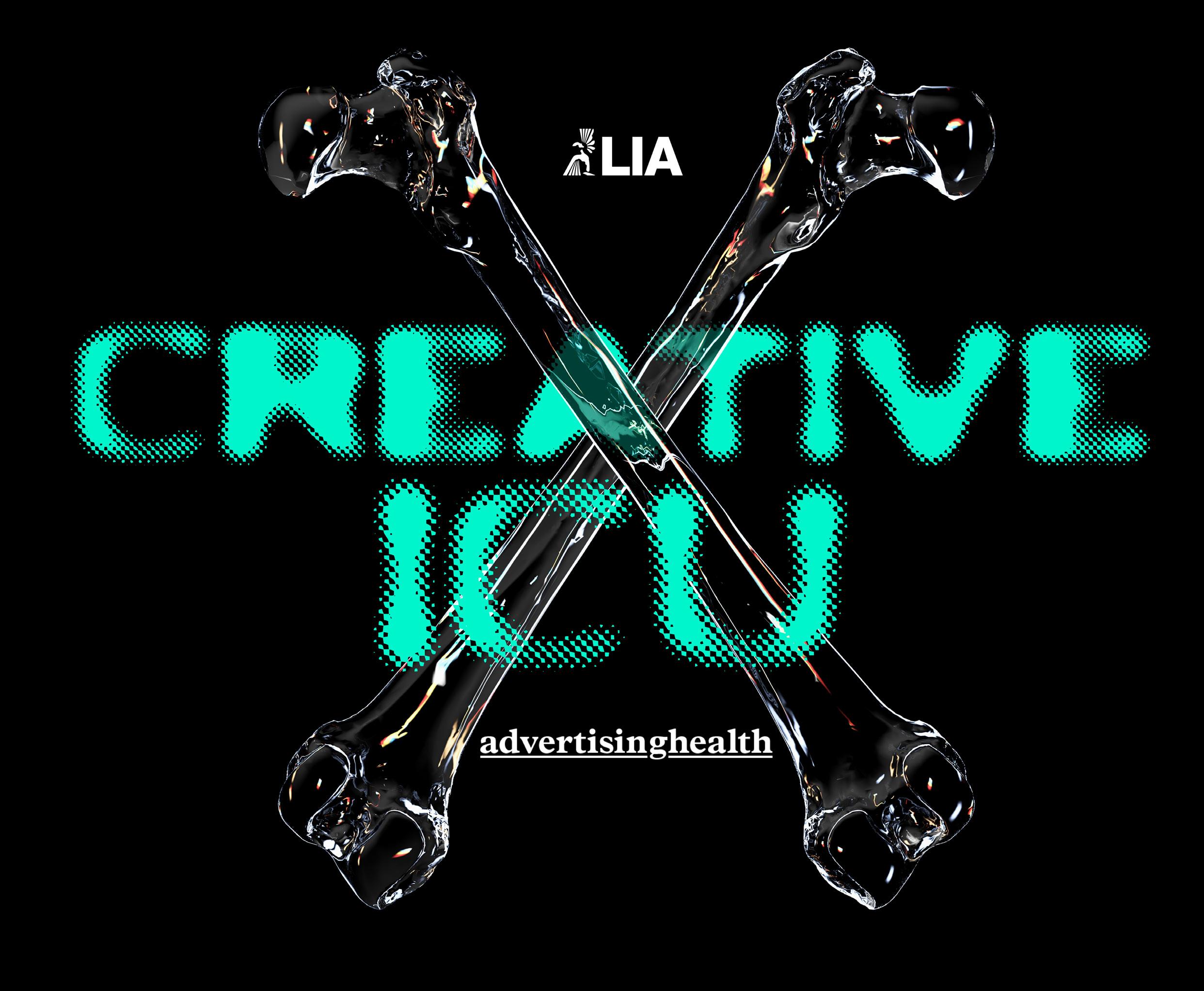
Making an IMPACT THAT MATTERS for our brands, our people, and our world


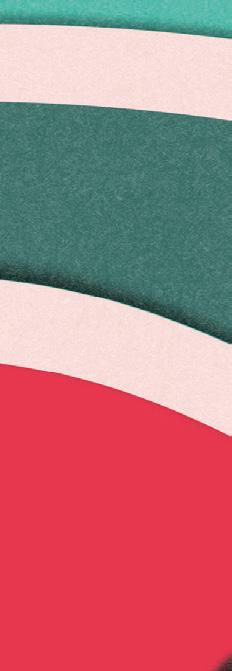




by

flag in the face of gynae cancers to help save lives




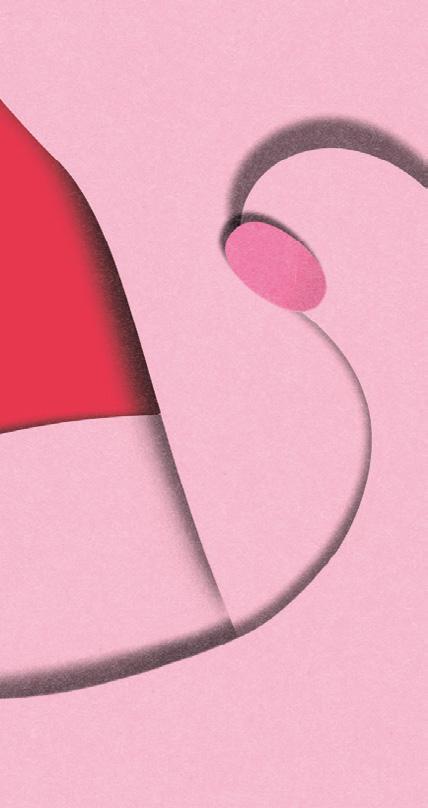





flying the ‘forbidden’ fanny
CONGRATULATIONS TO ALL OF THIS YEAR'S WINNERS

All scores are calculated from our 5 carefully selected award shows, where we tally the total points of metal won by the best ideas in the Health & Wellness and Pharma categories.
The following 5 award shows and categories were used in the calculation of the Top 10:
Lions Health
Clio Health
One Show – Health & Wellness, Pharma
The Creative Floor Awards
London International Awards –Health & Wellness, Pharma.
Agencies are awarded points based on our scoring system. This has created our definitive list of the top performing campaigns over the past 2 years.

GOLD 7 POINTS
SILVER 5 POINTS
BRONZE 3 POINTS


The Lil Sugar campaign used rap, storytelling and gaming to make nutrition literacy fun and turn kids into experts on sugar. The music video was the primary driver of a larger campaign. The song, co-written and performed by rap icon Darryl DMC McDaniels from Run-DMC, exposed many of Lil Sugar’s disguises and drove viewers to download the Lil Sugar app on their phones after watching the video. The film drew inspiration from famous CGI animated kids’ movies as well as the swagger of 90s rap music videos, with Lil Sugar bragging about its evil plan until it is captured by the app.
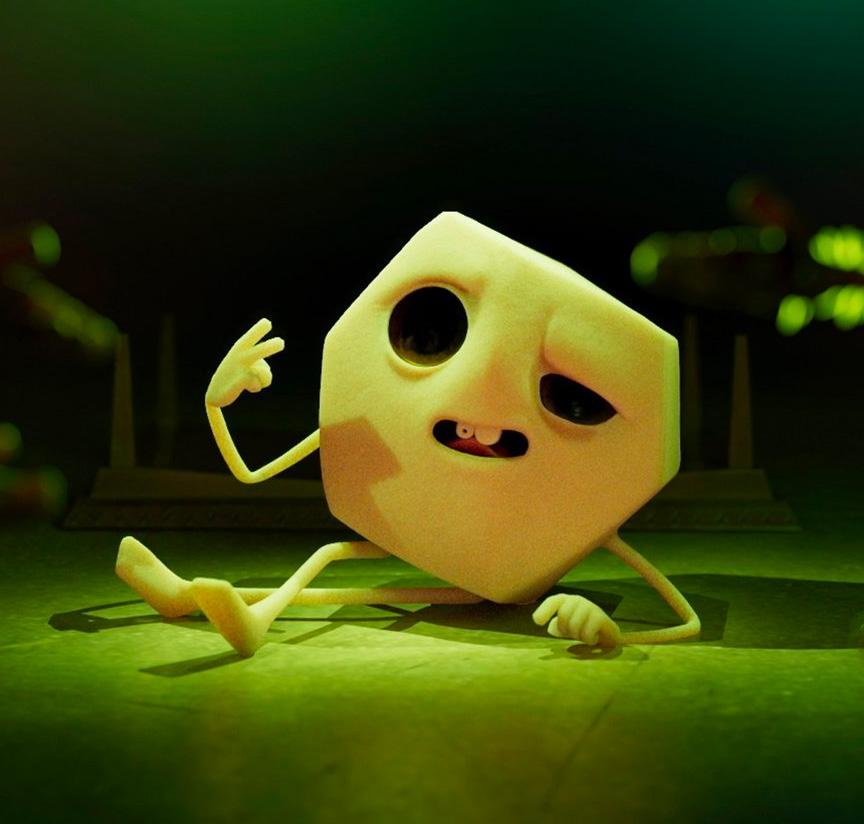
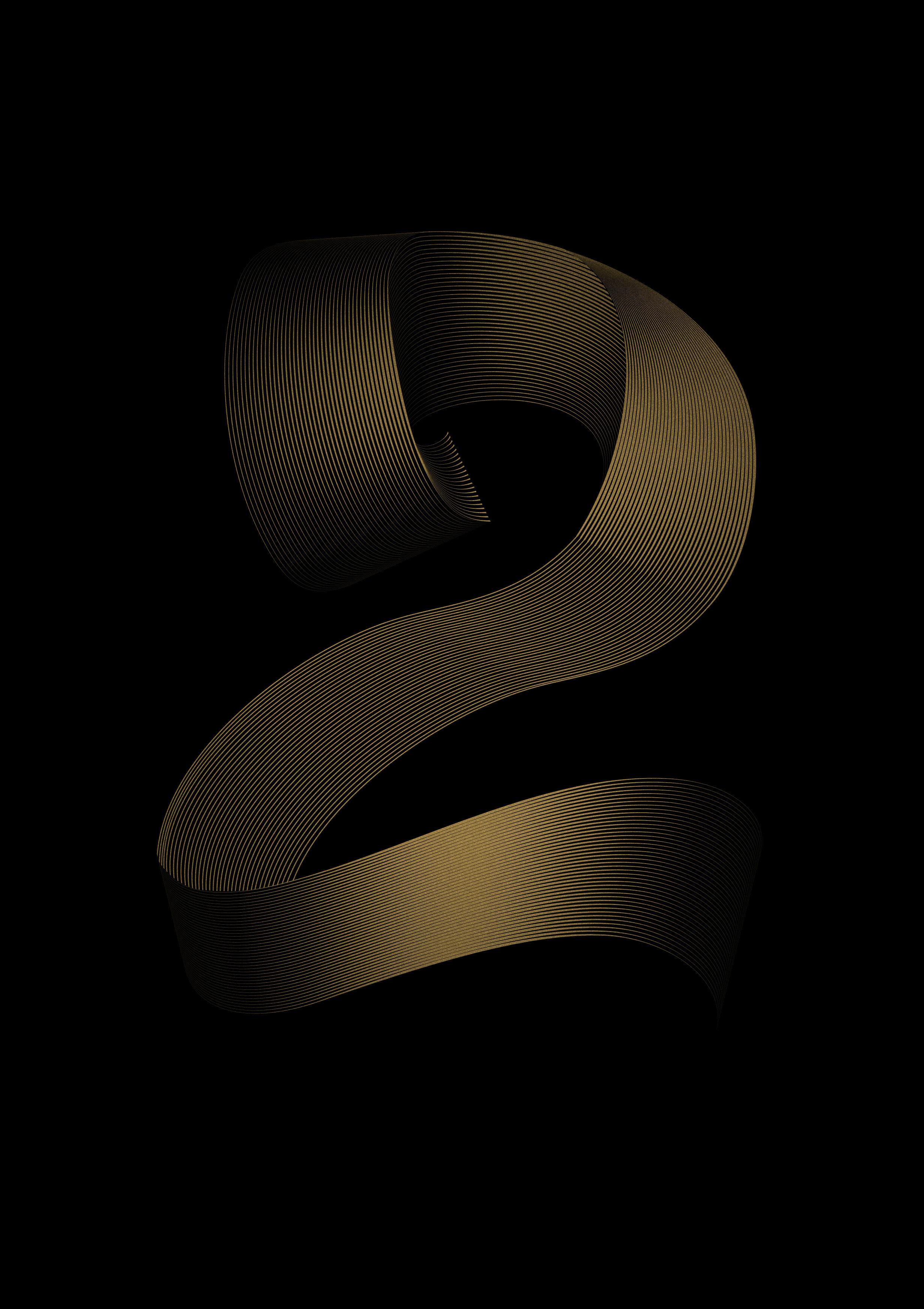
Research revealed that for every 233 bullying posts online, one teenager attempts suicide. To show this staggering number to parents, an AI was trained on a database of over 2 million human-moderated posts from social media. Using machine learning, the algorithm was able to capture bullying posts from four major platforms used by students in the US, collecting more than 70,000 toxic comments each day. This led to Social Bullets, an experiment created to warn parents about the dangers of the internet by recreating a typical student’s experience of social media.

3. THE UNWEARABLE COLLECTION BOEHRINGER INGELHEIM AREA 23 97 POINTS
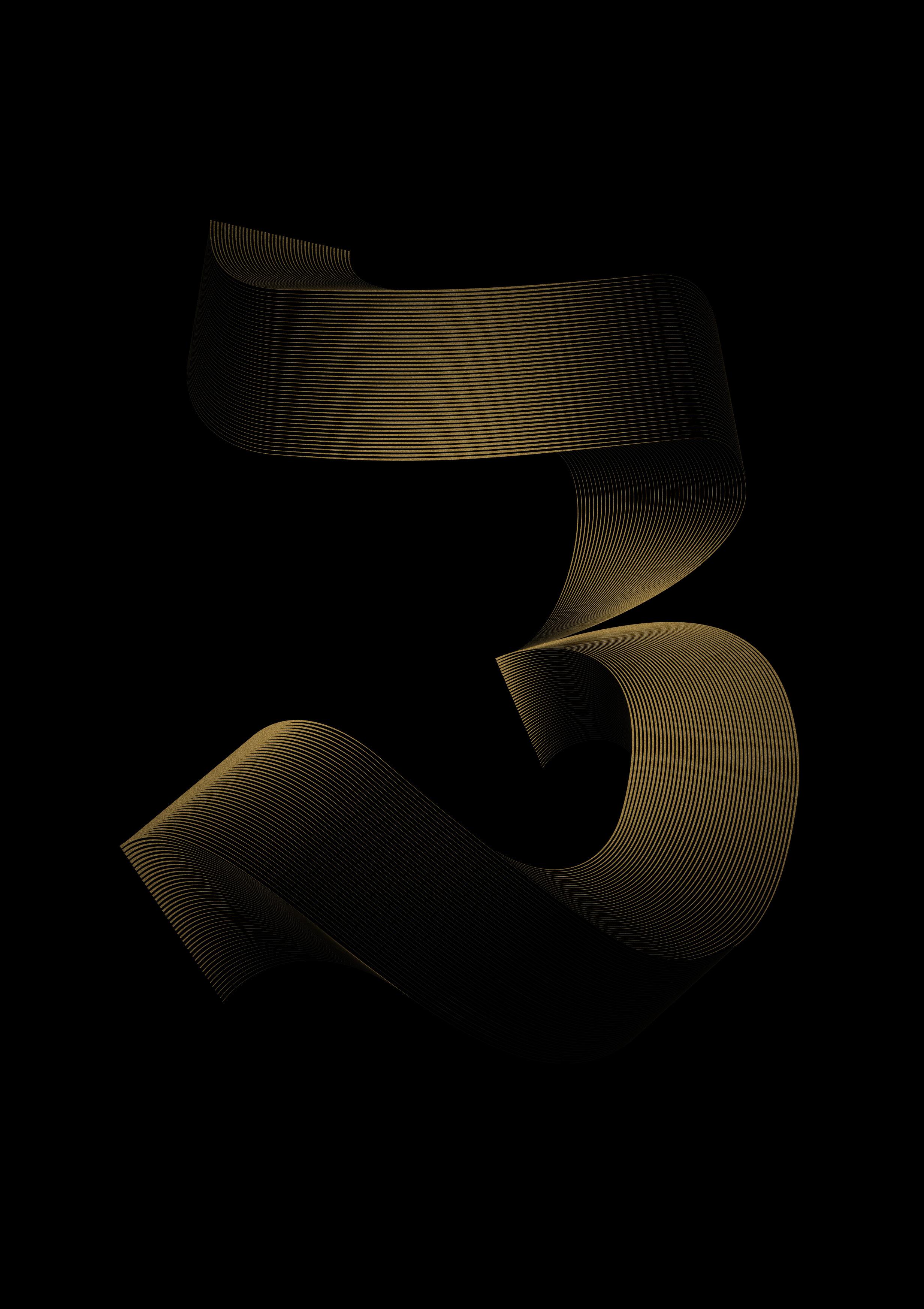
GPP is a rare skin condition that’s potentially deadly. Within two hours, GPP can cause pustules (open wounds) to erupt all over a patient’s body and require urgent hospitalization. Because it’s so rare, dermatologists are not familiar with its consequences and most are not used to managing such a severe condition.
Recognizing that dermatologists are aesthetic in nature and that beauty is inherent to their work, we designed a disease education campaign that blends health and high fashion, but with a gutpunching twist. We partnered with internationally renowned fashion designer Bart Hess, whose roster of work includes designs for Lady Gaga, to teach dermatologists about GPP with the Unwearable Collection, a fashion gallery of clothing inspired by real patients’ experiences suffering from GPP.


Gout is often misunderstood, even by doctors. Many current misconceptions can be traced to 19th century political cartoons depicting the disease. These iconic illustrations still appear in medical textbooks, journals, and peer presentations.
We set out to correct the historical record by updating the original illustrations to reflect the truth. We selected five images portraying gout myths that still impact patient care today—Race, Socioeconomic Status, Diet and Lifestyle, Disease Stigma, and Disease Presentation—and meticulously recreated them by hand. Structural integrity, composition, and brush-stroke were carefully replicated.
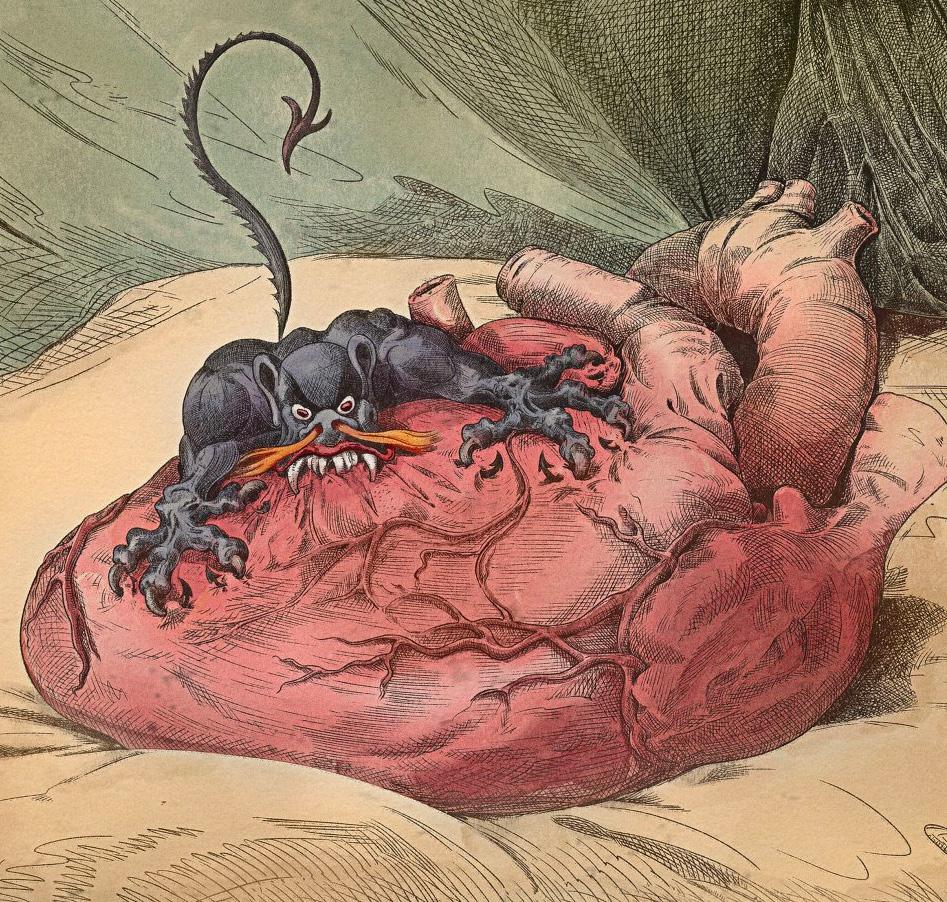
5. THE BREAD EXAM SPINNEYS AND THE LEBANESE BREAST CANCER FOUNDATION
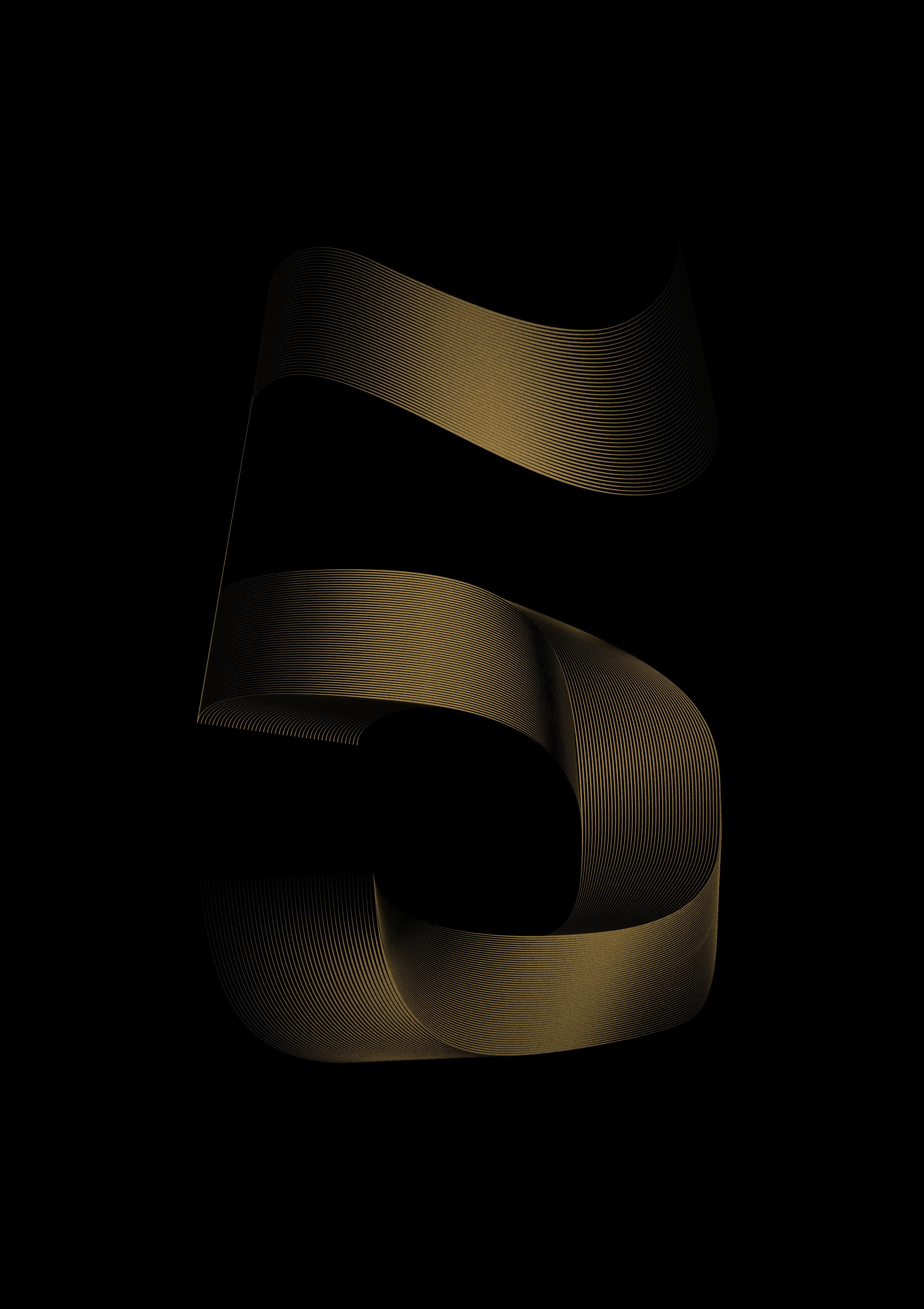
MCCANN PARIS/ MCCANN HEALTH
LONDON/ WEBER SHANDWICK FRANCE
77 POINTS
Traditional customs meant that Lebanese women rarely talked openly about their bodies. However, their respect for tradition presented a different opportunity to encourage conversation, by drawing on one of the oldest customs in the world: baking bread. The Bread Exam is a recipe video in which a traditional Lebanese baker, Um Ali, demonstrates the steps of a breast self-exam through a similar gesture: the act of kneading and pressing dough. The gestures are shown without a single mention of breasts, transforming an intimate subject into an acceptable, everyday experience.


The media has fallen short when it comes to tackling gun violence, with mindless stories that take a onesize-fits-all approach to talking about shootings. This failure to apply nuance dehumanises victims, as if their death is inevitable rather than a symptom of an ever-growing national crisis. To show journalists the flaws in their gun violence coverage, The Inevitable News covered every mass shooting over the last 3 years with one single article.


The “House Rules” campaign highlights the contraceptive journey of Emmy-award-winning actress Annie Murphy, selected because of her broad appeal across different age groups and her funny, bold, and disruptive style.
This multi-faceted campaign features a national 60-second commercial in which Murphy is lounging in a luxe pink-curtained, pink-upholstered room. “Welcome to my vagina,” she proclaims as she invites women to make their own rules and reminds them that they don’t have to settle, especially when it comes to their birth control.
The “House Rules” campaign creates a world that is smart, witty, and whimsical, and delivers an empowering message that women are sure to remember: when it comes to vaginas, women rule.
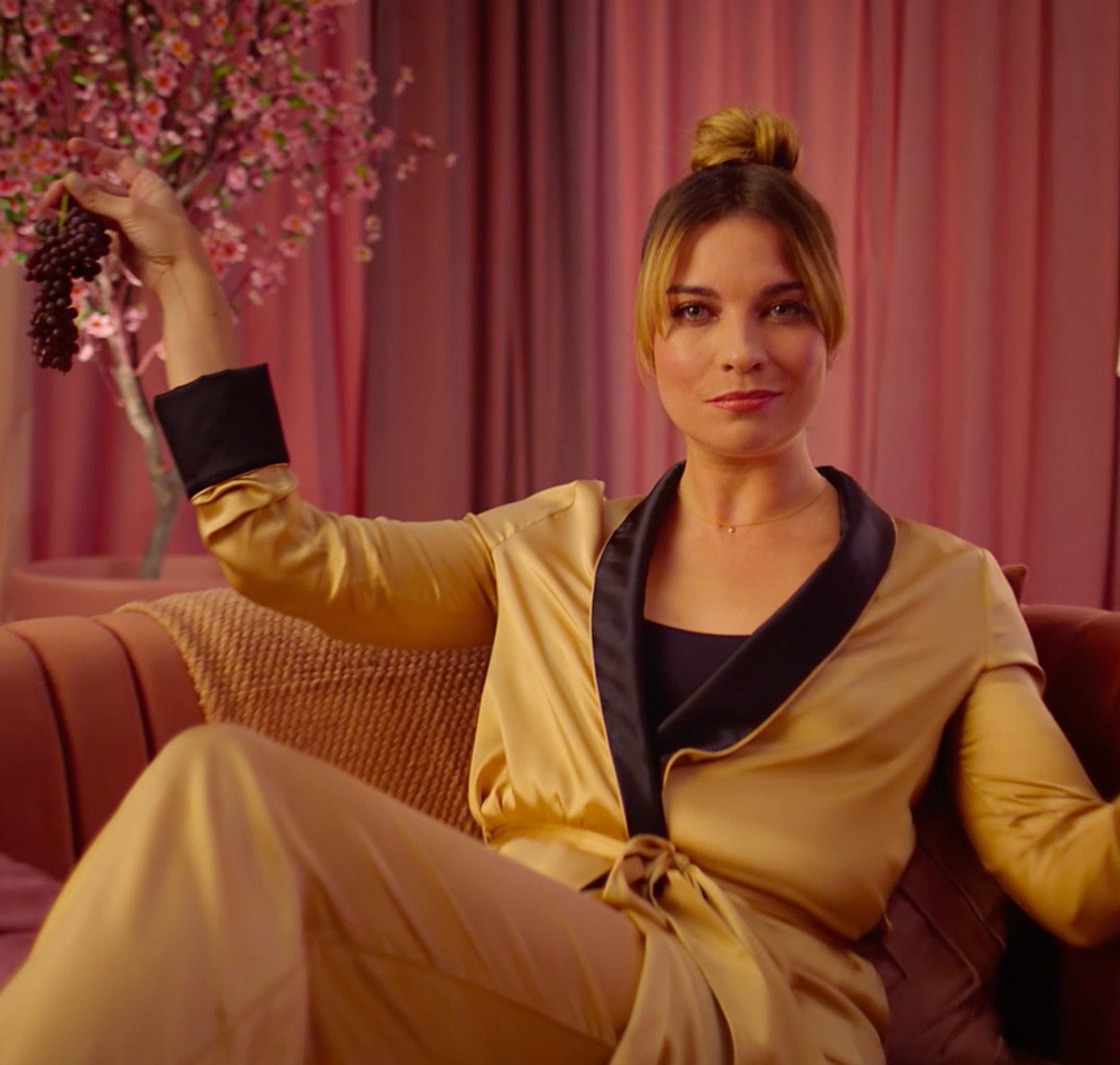
8. SLOW THE BURN NOVARTIS
21GRAMS
56 POINTS

Secondary Progressive Multiple Sclerosis (SPMS) currently takes years to diagnose. There’s no easy test for it. Instead, you must look for the subtle signs of disease progression. It’s why so many SPMS diagnoses get missed. And the longer they’re missed, the more irreversible brain damage patients suffer.
The ‘Slow The Burn’ campaign demonstrates just how damaging SPMS can be to patients’ minds. Using real wax candles alongside patient photography to burn into neurologists’ minds the importance of diagnosing and treating SPMS early.
The melting of the candle demonstrated the brain deterioration that can often lay unseen in SPMS.


In Germany, an ambulance should arrive within 8 minutes after an emergency call. But this has changed dramatically.

Every second emergency response is delayed. With the omnipresence of smartphones, onlookers have become a huge issue. These “civilian paparazzi” take photos of victims and impede life-saving rescue operations with their sensationalism.
The idea: Turning smartphones from problem boosters into problem solvers. We have developed an innovative digital pattern, that functions like a camouflaged QR code, to trick smartphone cameras.
When an onlooker tries to capture a rescue operation with his smartphone, a message will pop up on the display - confronting the onlooker with his wrongdoing and educating him about proper behaviour at accident scenes.

Trash has always been part of New York City’s landscape – but this trash hides a dark secret: 3.9 million tonnes of food end up in the trash every year, all while one out of every nine New Yorkers goes hungry every day.
Dole believes that good nutrition is a human right, so what if the places where people normally throw trash could be used to shine a light on this issue? Malnutrition Facts transformed an old symbol of waste into a new tool to fight hunger.
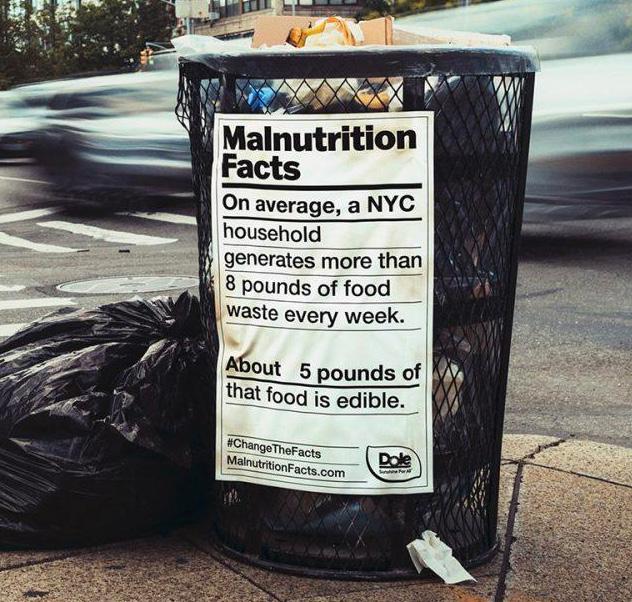
Agencies are awarded points based on our scoring system. This has created our definitive list of the top performing agencies over the past 2 years.

GRAND PRIX 10 POINTS
GOLD 7 POINTS
SILVER 5 POINTS
BRONZE 3 POINTS
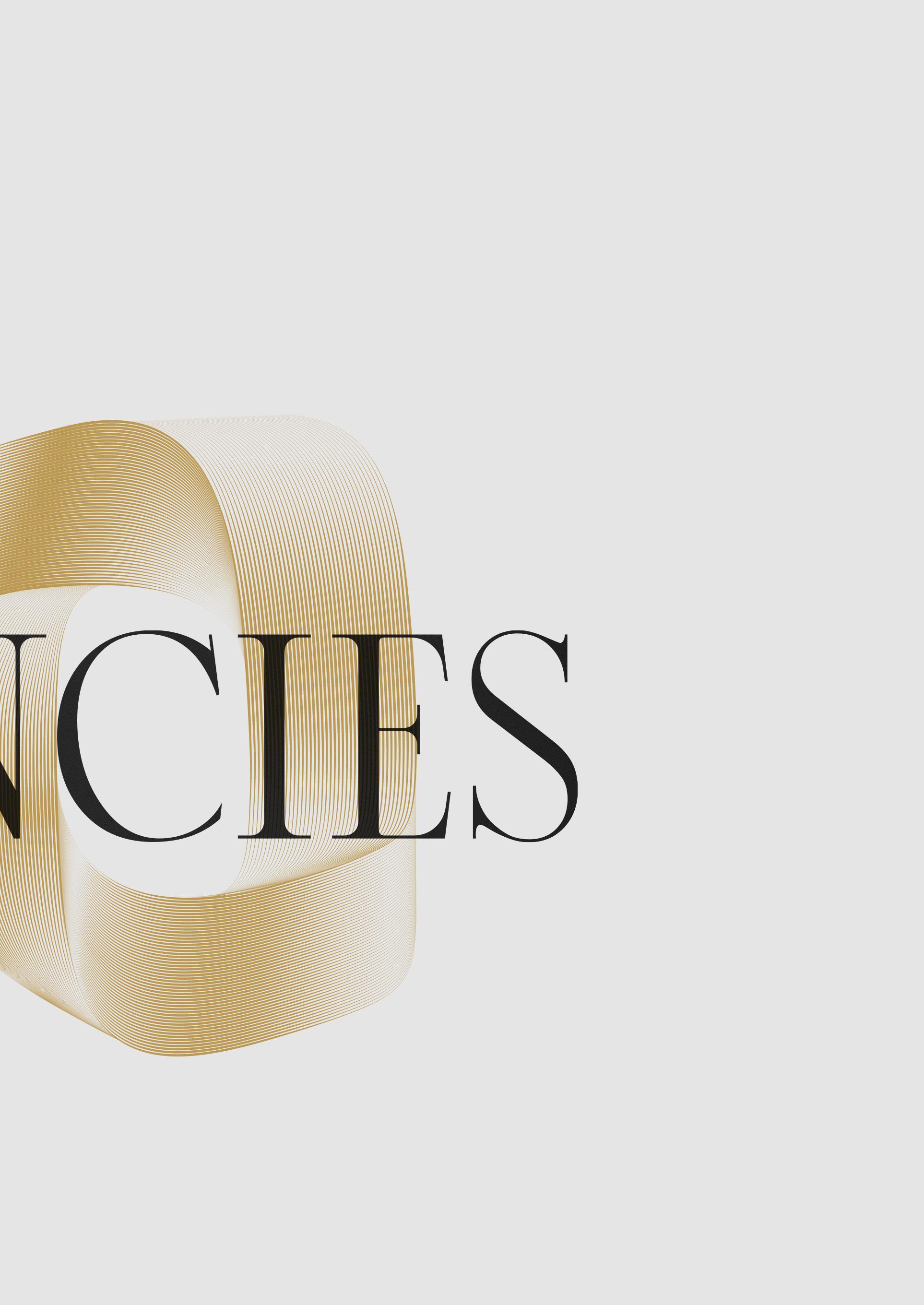







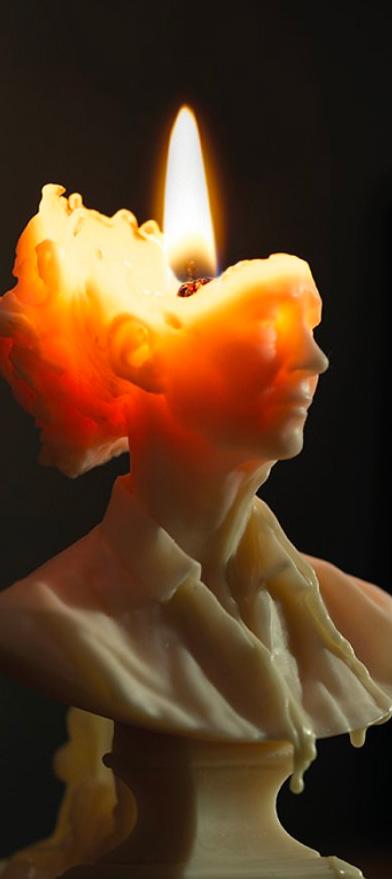











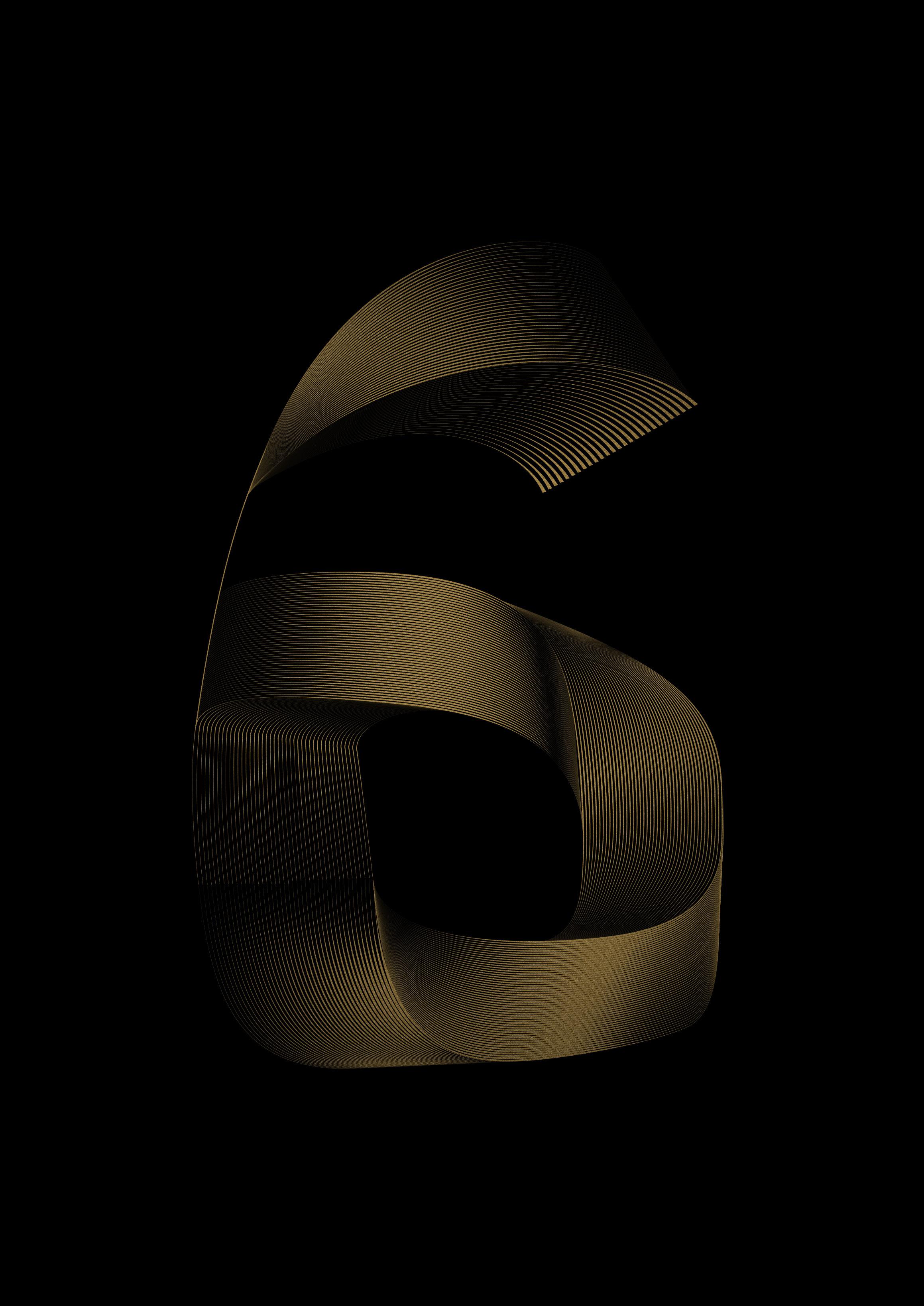


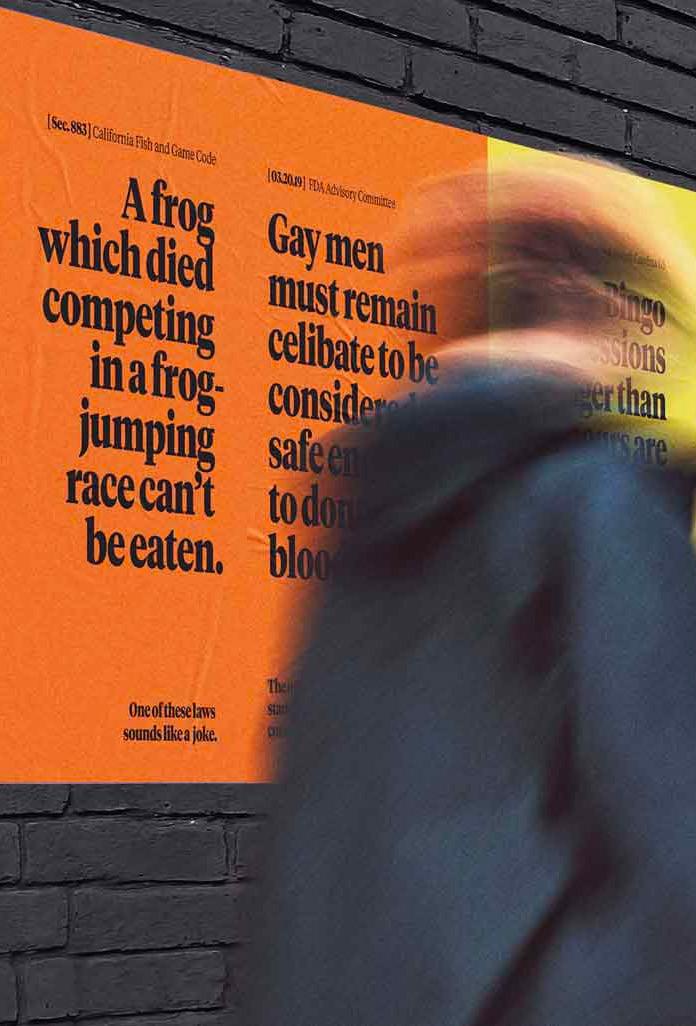
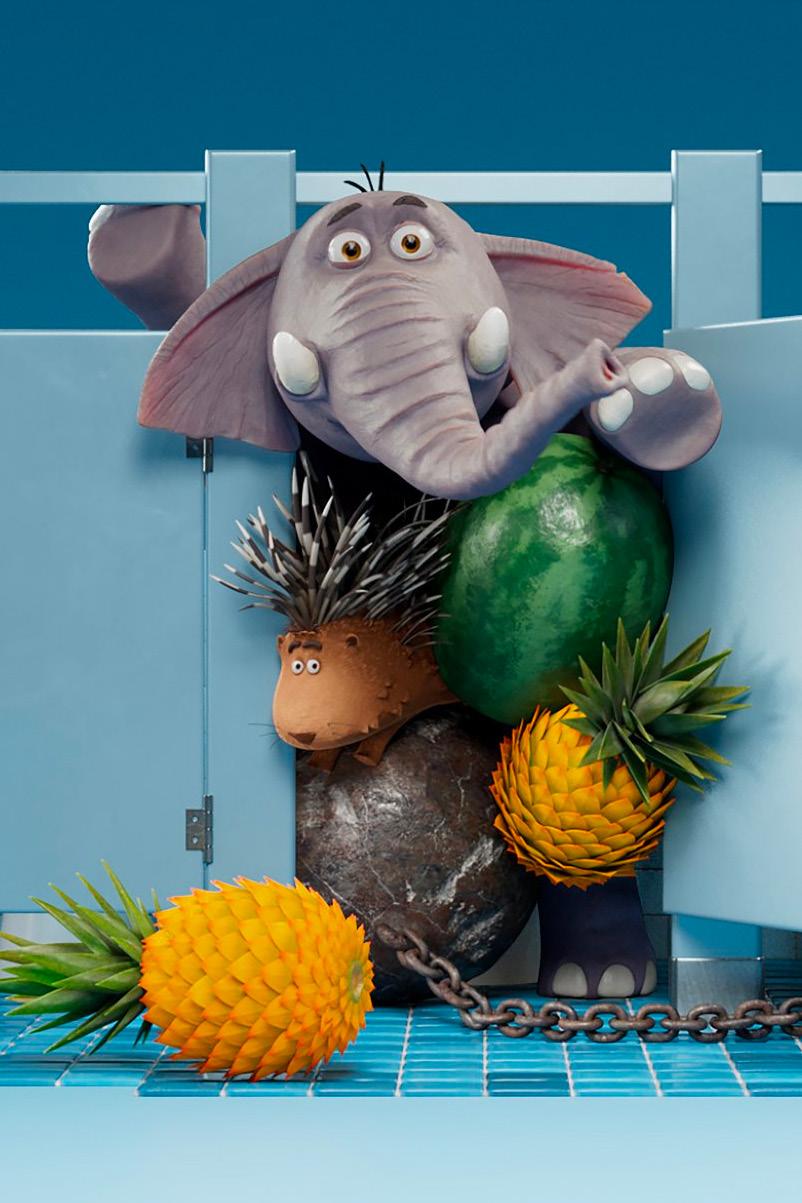











17 CAMPAIGNS
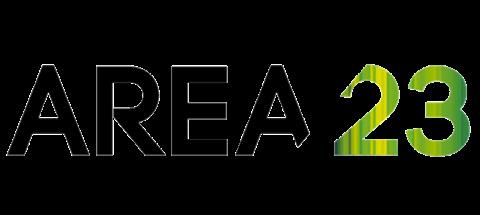

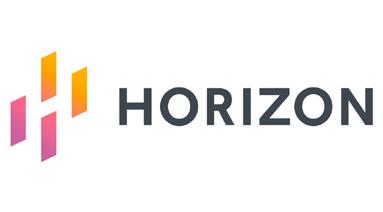
151 POINTS
102 POINTS


LIL SUGAR
SOCIAL BULLETS
THE UNWEARABLE COLLECTION
GOUT REVISITED THE INEVITABLE NEWS
GREATNESS CAN BE LOST
EYEDAR SICKBEATS
TRAPPED
UNBREAKABLE MOMENTOUS MOMENTS
PD STEPFINDER
LOVE HURTS
DOWN & OUT KIDNEY
ANIMATED ANTHOLOGY
BEHIND THE SCENES
FIGHTING FOR WORDS


1,038 POINTS 35 CAMPAIGNS
LIL SUGAR SOCIAL BULLETS
THE UNWEARABLE COLLECTION GOUT REVISITED THE INEVITABLE NEWS GREATNESS CAN BE LOST EYEDAR SICKBEATS
TRAPPED
UNBREAKABLE MOMENTOUS MOMENTS PD STEPFINDER LOVE HURTS DOWN & OUT KIDNEY
ANIMATED ANTHOLOGY BEHIND THE SCENES FIGHTING FOR WORDS
DUMB LAW PARADOX POOP SHOULD NEVER FEEL PAINFUL
BRAVING NEUROBLASTOMA UNINTERRUPTED STORIES YOU MISS IT
SCORCHING COLD
THE BRAVE BELT
6 MINUTES TOGETHER
THE ENVIRONMENTAL ISSUE TEAR COUTURE
HOUSE RULES UNVEILED THE UNBEARABLE ITCH
AAN BOOTH RECLAIM YOUR RHYTHM
MOTHERS MILK EASE LABS
THE BREAD EXAM
THE BIG
I WILL ALWAYS BE ME TRAPPED
POOP SHOULD NEVER FEEL PAINFUL
MCCANN
VMLY&R
PINATEX
UNBREAKABLE
HOUSE RULES
DAVID'S UNUSABLES
ERASE THE LINE
DEGREE INCLUSIVE
WATER LIGHT
SOCIAL BULLETS
THE JOY OF LATER LIFE SEX
THE LOST CLASS
REVERSE SELFIE
LOST TAPES OF THE 27 CLUB
L&C
LIL SUGAR
EYEDAR I WILL ALWAYS BE ME
STAYBL LETTERS FOR A LAW
THE KILLER PACK
HOUSE RULES
NOW YOU KNOW
TOUGH TURBAN
DAVIDS UNUSABLES
THE NIGHT IS YOUNG
MORNING AFTER ISLAND
PROJECT CONVEY
LIL SUGAR
THE BREAD EXAM
MALNUTRITION FACTS
THE INEVITABLE NEWS
THE UNWEARABLE COLLECTION
DEGREE INCLUSIVE
ANTI LOOK
SLOW THE BURN
THE COST OF BULLYING
HELMET HAS ALWAYS BEEN A GOOD IDEA
SOCIAL BULLETS
GOUT REVISITED
LIL SUGAR
SICKBEATS
THE INEVITABLE NEWS
THE UNWEARABLE COLLECTION
SLOW THE BURN
EMILY VS MARS
POOP SHOULD NEVER
THE CURIOUS EYE
THE BREAD EXAM
FEEL
LIL SUGAR
UNWEARABLE COLLECTION
TRAPPED
SOCIAL BULLETS
THE BATTLE INSIDE
DESPAIR NO MORE
THE EXTRA TIME BADGE
ANTI LOOK. THE LIFE SAVING QR
PETS OF WAR
GOUT REVISITED
TEENAGE DREAMS
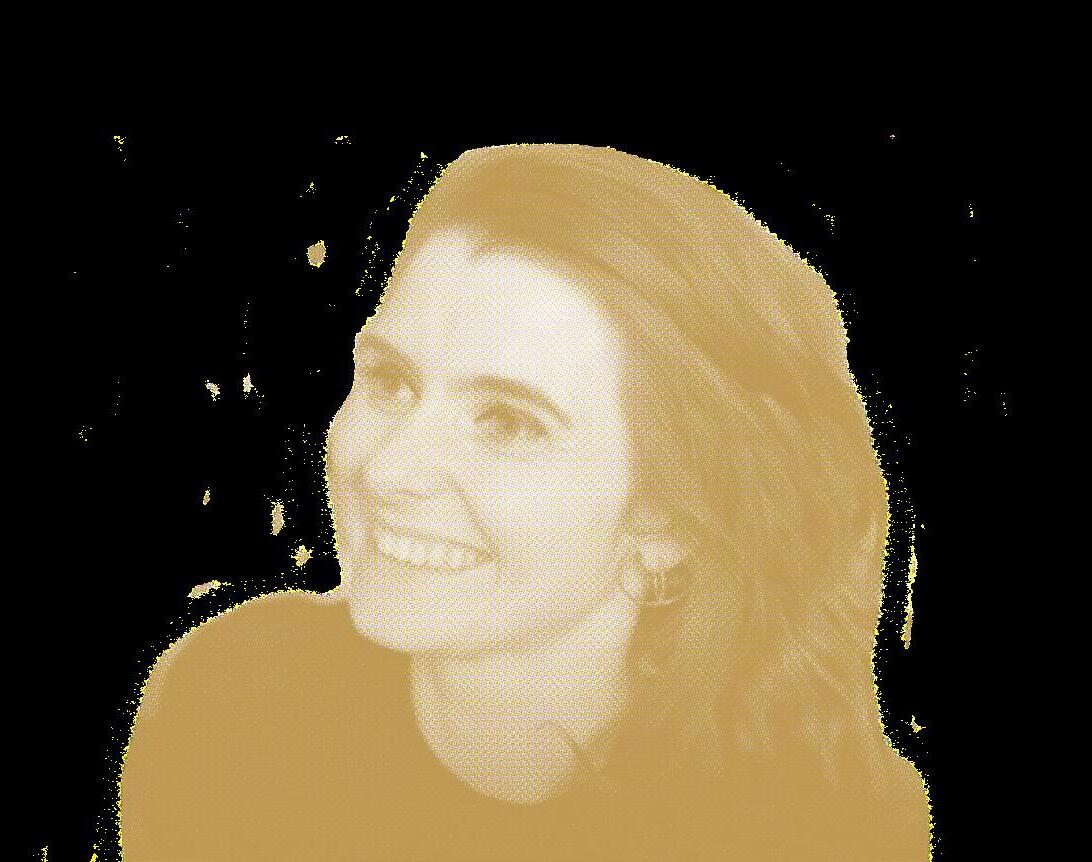
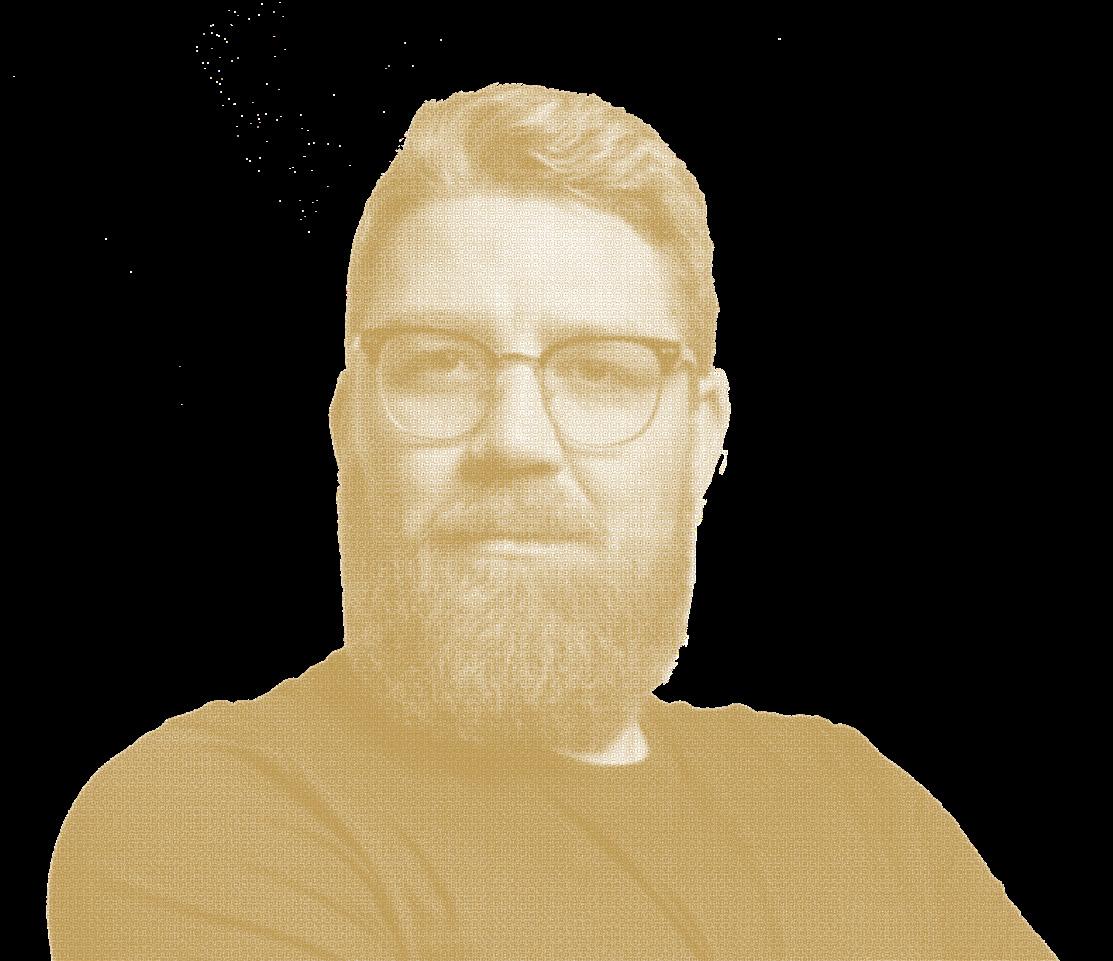



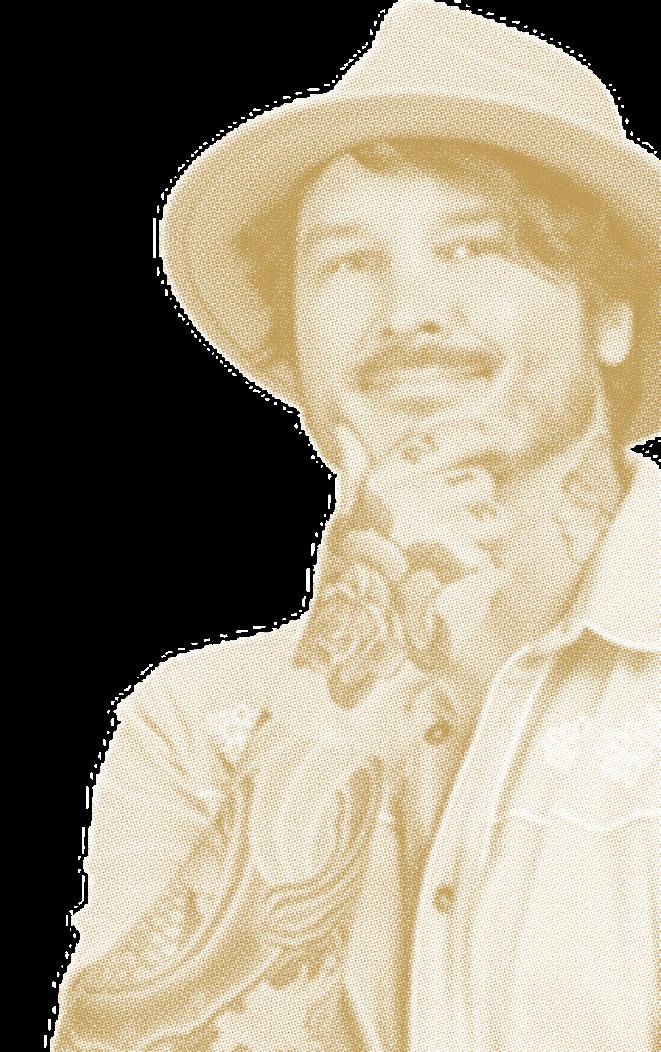
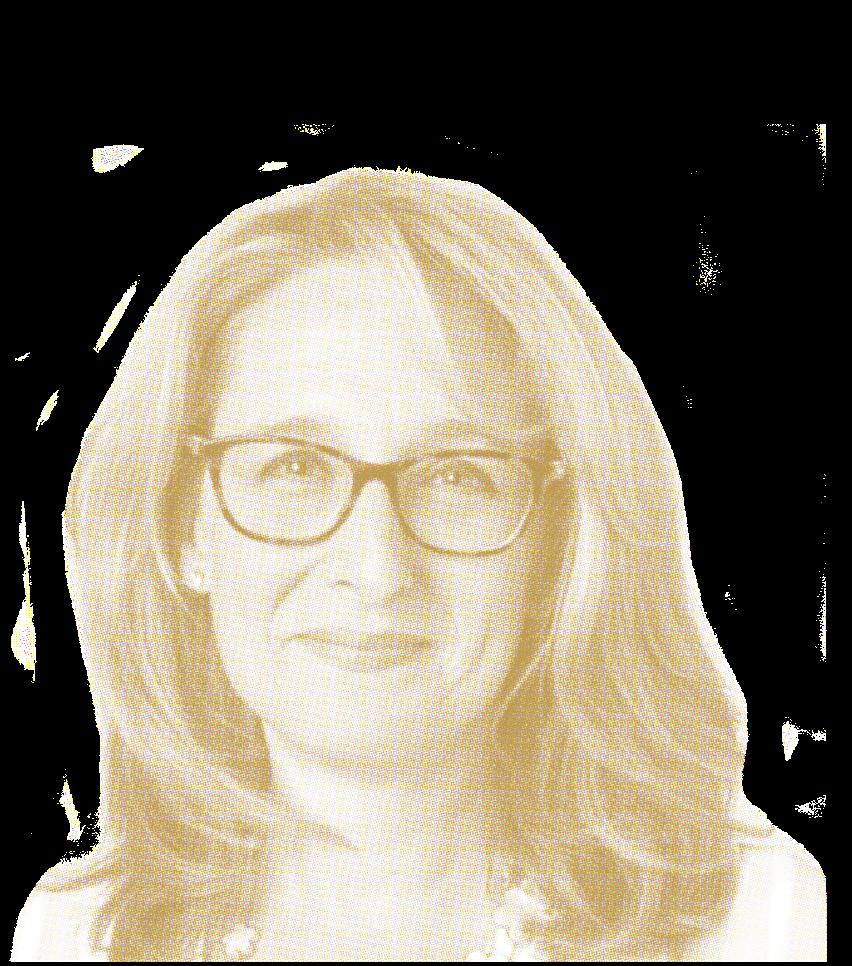

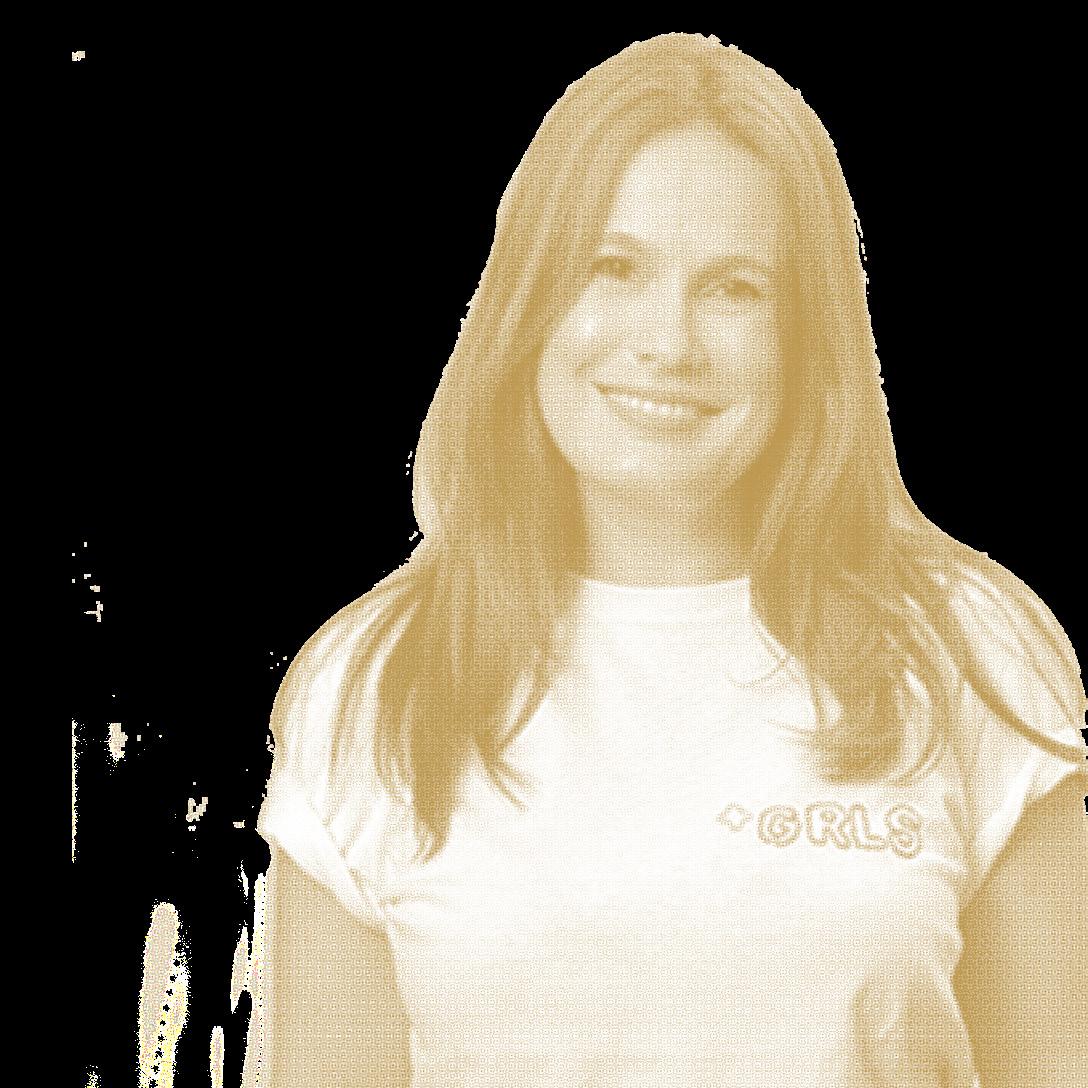
From crafting emotive stories to using tech to combat societal issues, we speak to industry leaders on what drives them to push creativity forward, and work that stops them in their tracks.

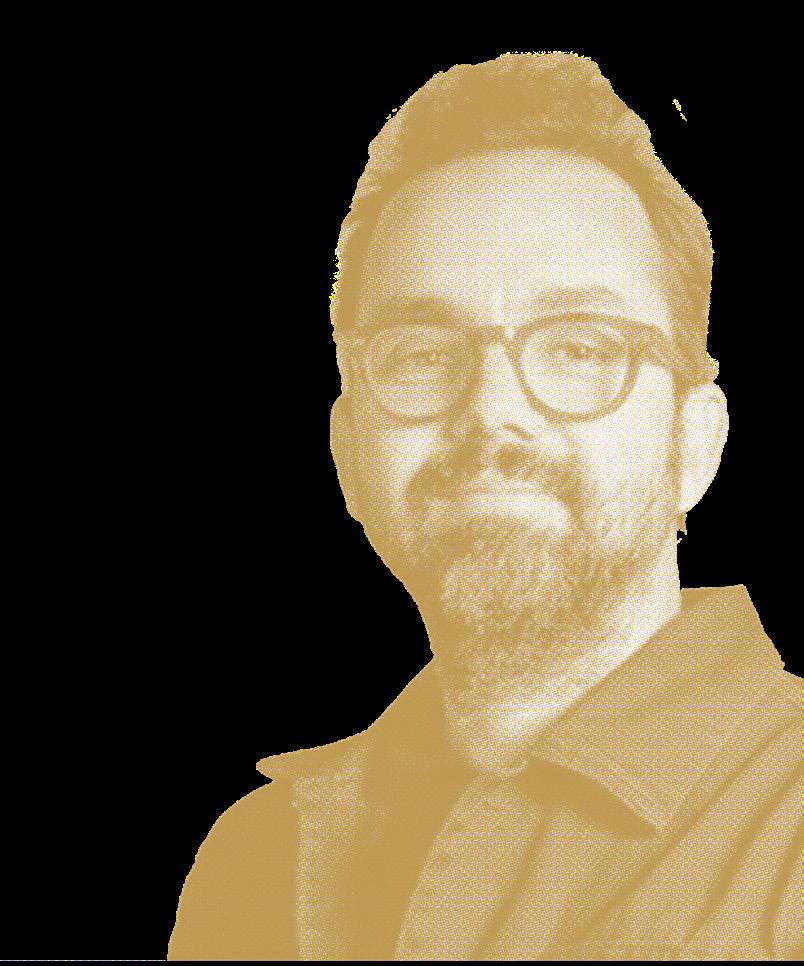



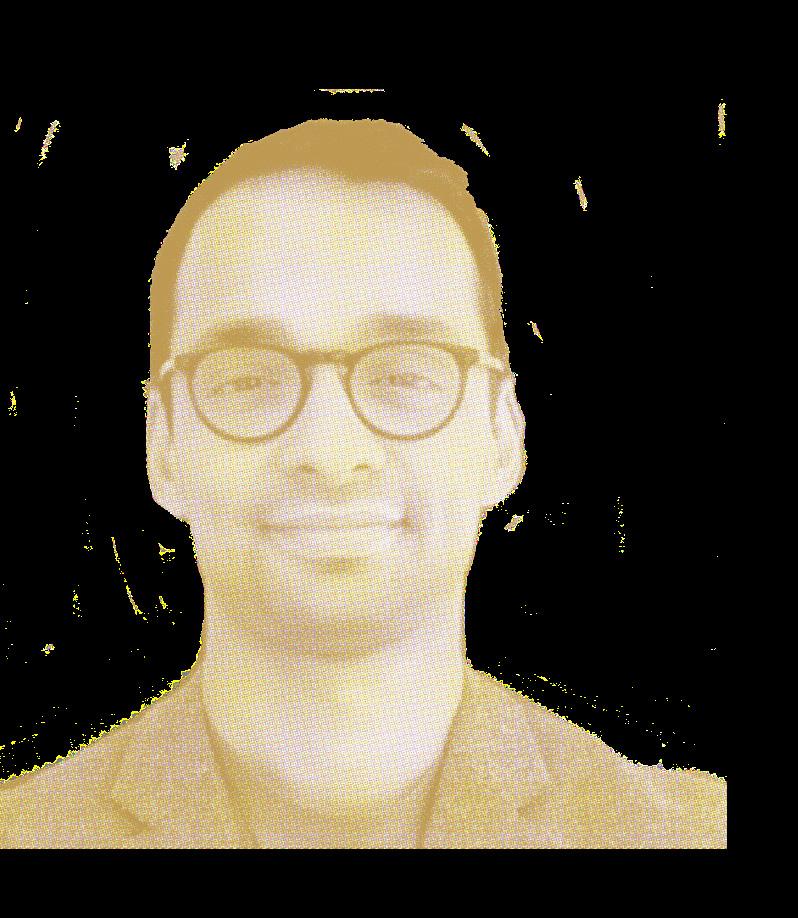

How can creativity play a role in the health of our society, and how innovation is key to making it happen.
 Laura Florence Executive Creative Director
Laura Florence Executive Creative Director
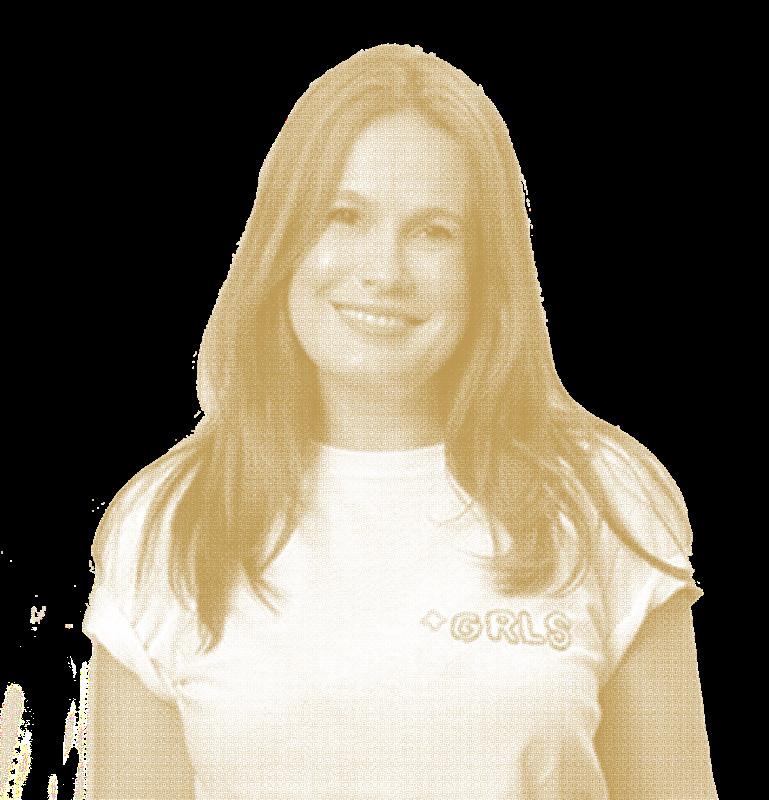
Any work from the industry that excited you from last year?
Before I list the cases that I find incredible, I'd like to highlight the evolution of creativity in health communication, especially in pharma. I've been a judge in the category at several creativity festivals since 2018, and I could witness the improvement in ideas and productions.
But, back to the cases: I am particularly a fan of ideas that serve to better society. Because, in my opinion, it is now one of the tasks of advertising, not only in health communication but in all categories, but mostly in health communication since health involves much more than a healthy body.
To have complete health today, we need: income and social protection; education; job security and living conditions; food safety; housing; social inclusion and non-discrimination; access to affordable health services of good quality; and, of course, mental health. In other words, it consists of developing a comprehensive and supportive ecosystem of health and wellbeing that extends beyond the doctor-patient connection.
With this new concept of health in mind, Eyedar and Project Convey stand out in terms of inclusivity, while Lil Sugar stands out in terms of food consciousness.

What trends have you seen emerging within Health & Wellness and Pharma?
Historically, traditional health communication and systems have not been user-friendly. Humanization permeates all aspects of society as we become more sensitive to and mindful of the kind of experiences we want. And, paradoxically, we often use digital and technological tools to generate more human experiences. I'm seeing more and more use of AI, electronic gadgets, and other technologies to assist physicians and patients not just speed up diagnosis but also learn how to live with their diseases. This is the case of the "Sick Beats" and "I Will Always Be Me" instances.
PROJECT CONVEY - COX COMMUNICATIONS - 180LA / LOS ANGELES + COX COMMUNICATIONS / ATLANTA + SANCTUARY / NEW YORK + UNIT9 / LONDONWhat were the biggest obstacles you faced in 2022, and are there any challenges you expect to see in 2023?
I believe that human resistance to "the new" will always be our biggest challenge, not just in 2023. And I'm referring to the people who sit in the decision-making seats. Both on the agency side and client side. You can't fail with health, and fear of failure is one of the reasons people are hesitant to change.
But innovation is a must. We would still communicate by letter and listen to the radio if advances were not required.
The process of innovation is a journey into the unknown, into what has never been done before, and it may be terrifying. We are scared of what we don't recognize. It is a difficult route that demands consistent commitment. And good ideas emerge only through this route.
"Creativity is a team sport," according to Greg Hoffman, former Nike CMO. But if "the new" is challenging for an individual, imagine for a group. An agency that believes that hiring more creative people will result in better creative work will be disappointed. Without collective bravery, creativity is nothing more than an obstacle to approvals and fast productions.
What advice would you give to other creatives/companies trying to break into the Top 10?
Be courageous, curious, and well-connected. Build connections both inside your agency and with your client. Don't be the creative who spends all of their time isolated in the brainstorming room. You won't be able to approve any decent ideas. Every creative person should be a strategist, seek authentic insights for their concepts, and be able to support their points in effective presentations that relieve clients' fears. Having a good concept is only the first step on the journey. Invest in presentation skills, nonviolent communication, consuming a lot of pop culture content, being a reference collector, being a technology enthusiast, understanding people's minds, and taking classes in psychoanalysis. When you truly comprehend the customer journey, ideas flow naturally. Oh, and please take personal time, work less, and live outside the agency. Nobody is creative spending the majority of your time in a workplace.
What are your creative ambitions for 2023, and how important are creative awards in achieving those goals?
The funny thing is that I just placed my goals into my annual performance review system. And my answer reinforces the points I made in my prior response. My first goal for 2023 is to maintain and strengthen my team's motivation: to encourage curiosity, the desire to explore new ground, and empathy for others. The second objective is to maintain Havas Health & You Brazil's creative reputation as one of the most creative health agencies in the world, and awards are important thermometers in this regard. The awards are also crucial for client connections since they recognize not just a case but also the courage of a client who wants to pursue that revolutionary idea. It is essential for a motivated team that desires to grow more and more, and, as I already said, it is very important for the agency's reputation.
How do you spot and evaluate award winning work?

The first parameter is how I felt about this case. Because if it makes me feel something, I pay attention. Then I begin to rationalize: Does it make a difference in people's lives? Is society changing? Is it original? These are the three key criteria for evaluating an excellent concept. Then I'll examine the disqualified criteria to see if there is any unconscious bias. Is it perpetuating a systemic bias? It all seems obvious, but it isn't. We have only recently seen the involvement of minority groups in international jury awards; before, we had only seen male, cisgender, heterosexual, and white criteria.
Is there anything exciting you’re working on now? (That you can tell us about).
Yes! We are working on a project for the public health system that will assist persons with limited health literacy in better reading and understanding their medical prescriptions, allowing them to adhere to treatment. That's all I can tell for the moment. But we are really involved and thrilled to get this idea off the ground. It will make a difference in the lives of many people.

Tim Hawkey looks forward to how new innovations will shape the year ahead.
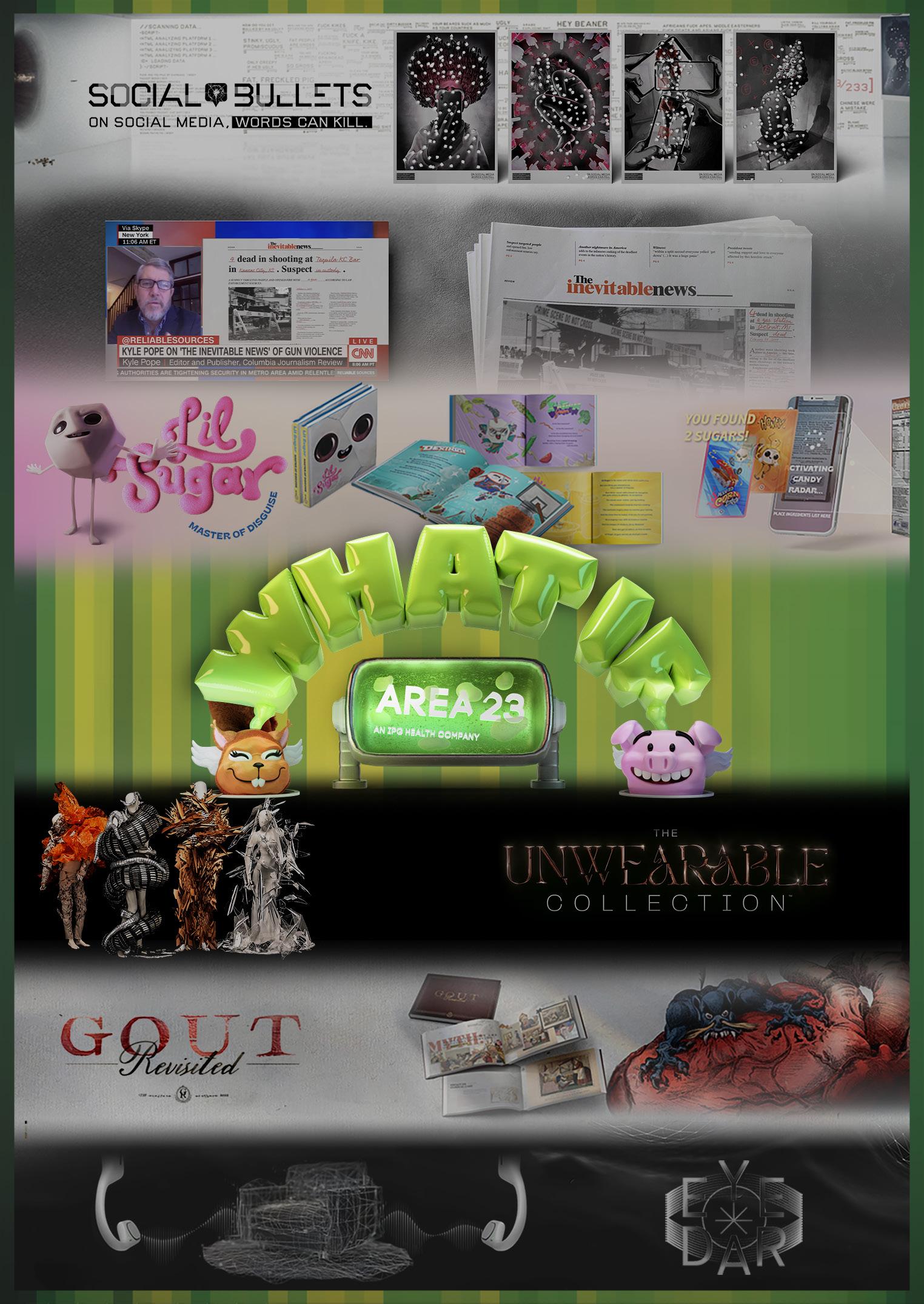
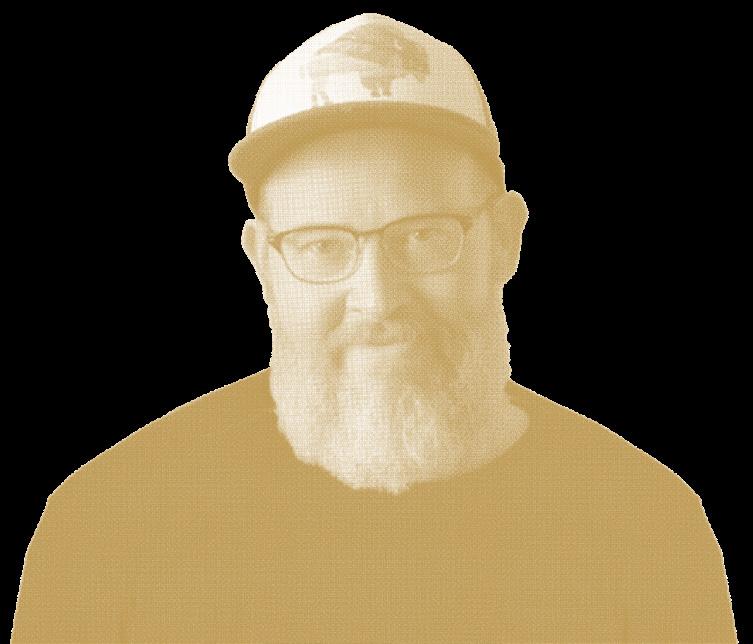
What are your creative ambitions for 2023, and how important are creative awards in achieving those goals?

My creative ambitions are to continue to push the creative bar higher and higher. To explore new uncharted territories and colonize the hell out of them on behalf of my clients. Clients come to us for breakthrough thinking, so we have to make good on that promise and provide communications and experiences for their brands that are completely without precedent. I plan on spending a lot of time negotiating with my clients’ lawyers this year.
How do you spot and evaluate award winning work?
I look for ideas and ways of executing that I’ve never seen before. I’m also a sucker for technology that can solve a real human problem. But its gotta be software based. I’ve learned my lesson on trying to manufacture and commercialize hardware.
Is there anything exciting you’re working on now? (That you can tell us about).
So many exciting things I’m working on right now. We’re partnering with Studio Syro of “Soda Island” fame, to build an insane VR experience. We just released an anthology of twisted animations for one of our biggest clients produced in house and built entirely with stable diffusion AI text to image. And we’ve got a good old fashioned congress hack on the works that is bound to turn heads. I’m loving our new portfolio for this year.
A STILL FRAME FROM A RECENT FILM CREATED AT AREA 23 ENTIRELY WITH STABLE DIFFUSION
Brunet-García's CCO Eduardo Sarmiento tells us about his vision to grow an inclusive environment where creativity can flourish.

Any work from the industry that excited you from last year?
A few pieces come to mind for different reasons. “The bread exam” for its cleverness in finding a way to capitalize on cultural connection while overcoming cultural barriers. “Helmet has always been a good idea” for its humorous approach to a rather serious issue and its extraordinary execution. “Lil sugar” for its ambitious and exceptional dedication to the craft. “The extra time badge” for its simplicity, scalability, and potential impact. It’s a testament to the value of an idea.
What trends have you seen emerging within Health & Wellness and Pharma?
I’m glad to see an evolution in diversity (in the work and the industry). We are slowly but progressively evolving from just convenient representation to authentic involvement, which propels understanding and richness.
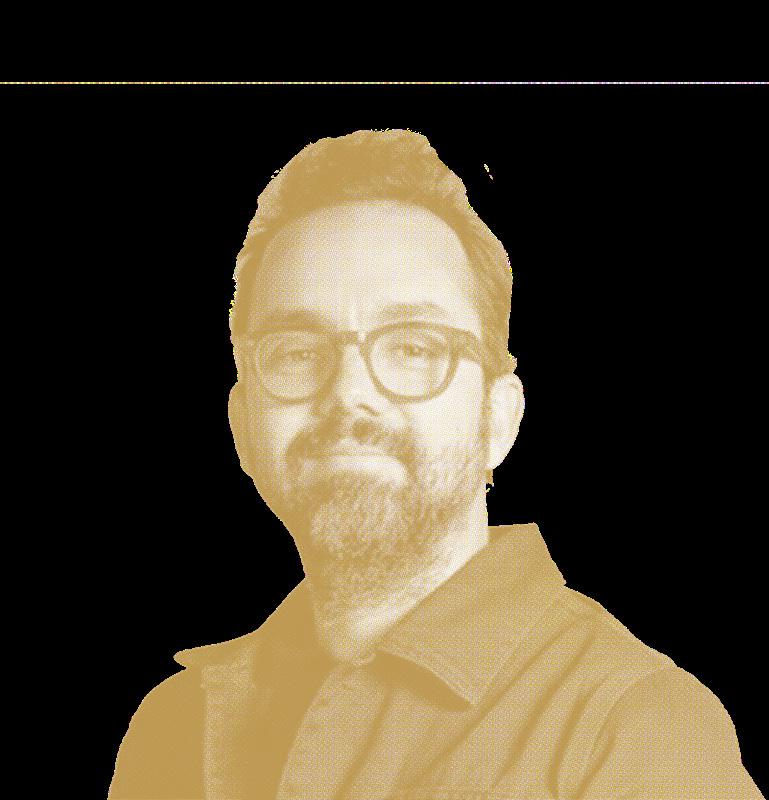
I’m also seeing an extraordinary attention to the craft. Craft is a way to fascinate the senses and connect with the heart. Craft is a way of breaking the boundaries in a super regulated industry.
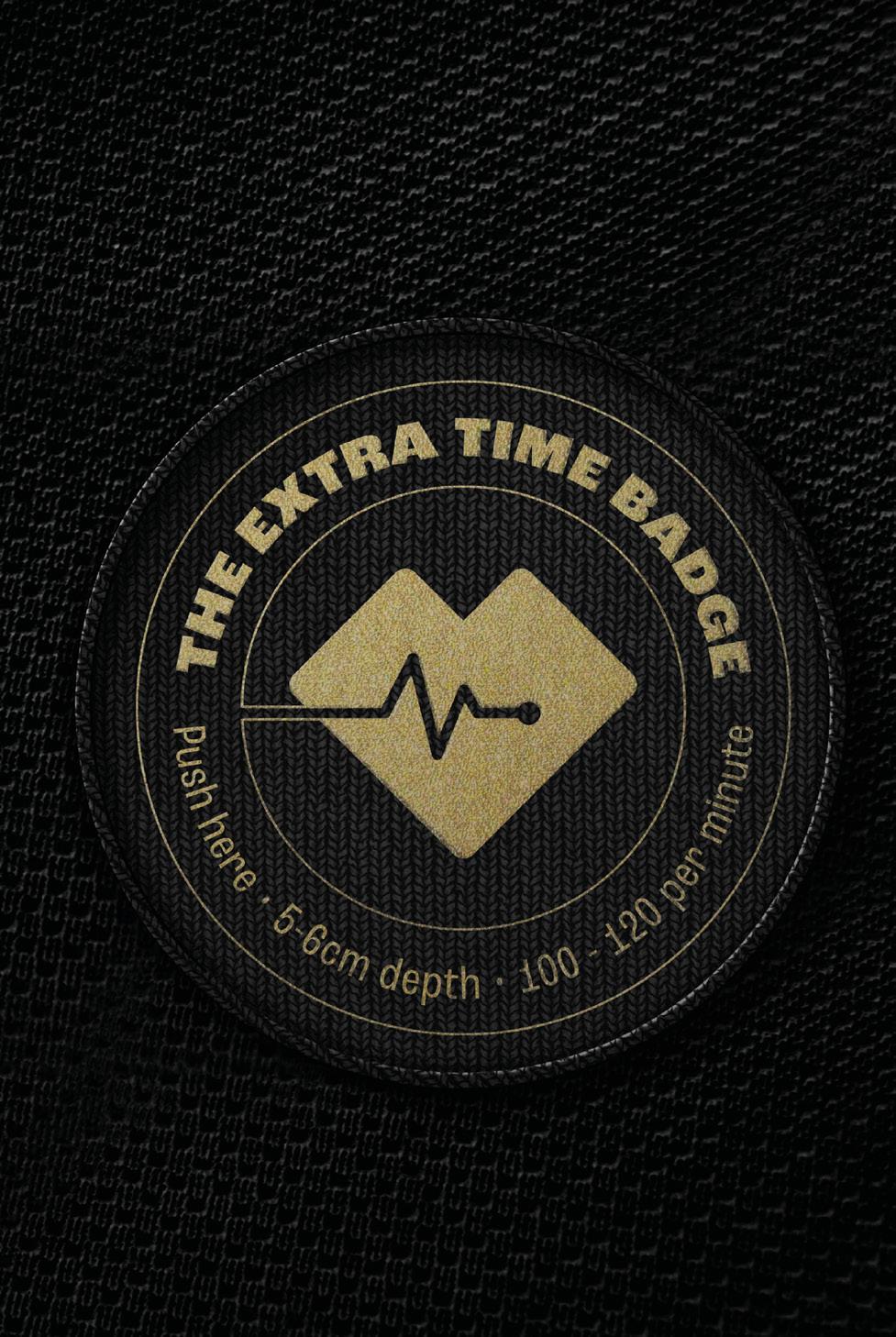
Craft is also the result of technological advancements and more affordable access to them. Health and Wellness is expanding beyond the expected categories and brands to become a universal theme and area of focus. So, we see more brands and agencies trying to contribute and affect positive change in our communities. People expect the aforementioned and sometimes demand it. There is plenty to do, but there has been tangible progress.
What were the biggest obstacles you faced in 2022, and are there any challenges you expect to see in 2023?
Our agency, Brunet-García Advertising, went through a leadership evolution. Everyone was promoted from within. It was a very inspiring and rewarding process, but it demanded a lot of time and involvement from me. Finding the right balance between client work, team needs, and agency strategy was challenging. Exploring ways to keep our teams connected
THE EXTRA TIME BADGE - JUSTIN EDINBURGH 3 FOUNDATION - THE LEITH AGENCYat a deeper level, at a human level, is always top of mind and especially in 2023. Working from home provides us with amazing flexibility, but it can cage our interactions and turn our communications very transactional, very task oriented, insipid at times. In our creative path, we know that unrehearsed conversations can develop profound relationships and give birth to the most disruptive ideas. We need to find meaningful ways to look at our own reflection more in the eyes of our team members and less in our bathroom mirrors or our laptop cameras.
What advice would you give to other creatives/companies trying to break into the Top 10?
Create and protect an environment that fosters creativity. Stimulate creative exploration and allow yourself to be surprised by accidents and ideas not by planned choreography and job titles. Work with people who share your creative ambitions. Collaborate with your clients and partners, really. Look deeply for the clarity of the idea and its relevancy to the audience and brand. Protect those ideas until they are ready to walk. Pay extraordinary attention to the craft. Aim to create work that’s going to contribute, that won’t be another plastic bottle in the sand. Trust your instincts. Trust what moves you because it will undoubtedly resonate with others.
What are your creative ambitions for 2023, and how important are creative awards in achieving those goals?
I’m focused on scaling creativity within our agency and creating fertile spaces for the ideas to grow and mature. I’m referring to the whole agency working together as a creative ecosystem: researchers, strategists, account executives, media planners, and creatives solving problems with creativity to make meaningful contributions to our clients and communities. Nothing new, but never more timely.
I’m very interested in increasing collaborations with long-time creative partners and welcoming new ones. Collaborating and becoming friends with fellow creative people are two of the things that I love the most about advertising. They are also essential to elevating the craft, quality, and impact of the work.
I want to tell more stories of immigrants and highlight their contributions to our society. There is an intentionality in the life of the immigrant, a desire to progress and belong to a place/ culture/society that I don’t see reflected in ads quite often beyond the usual simplifications. Being born in a specific country is the choice of the parent. Moving to a new country as an adult is an intentional choice, and intention is essential to live a useful life.
Creative awards show us what has been possible, dare us to be bolder, inspire us to do better. I value their contribution to our industry and careers, as long as the work is created to solve a problem, not to seduce a jury.
How do you spot and evaluate award winning work?
We, at BG, have created our own Creative Effectiveness Model that helps us share a common language and aligned vision on what we are looking for when we evaluate the potential of ideas. Basically, I look for work where a clear, unexpected, and relevant idea is manifested with extraordinary craft to solve a real problem.
Is there anything exciting you’re working on now? (That you can tell us about).
We just finished refreshing our Power to Protect campaign, created with the Florida Department of Health to empower parents and providers with factual information about vaccines. The Promise of Protection is the new video filmed in a single take, which takes the audience into the intimate moment before the due date, when the promise of protection is made.
We just started working on the evolution of our Still Going Strong campaign for the CDC, empowering older adults to stay active and maintain independence. In this new phase, we are including new audiences, activities, and areas of focus like mental health. We are finalizing a Screen for Life campaign, also for the CDC, to educate people who are 45 years old and older about the benefits of colorectal cancer screening that will launch in March for Colorectal Cancer Awareness Month.
 THE PROMISE OF PROTECTION - FLORIDA DEPARTMENT OF HEALTH - BRUNET-GARCÍA
THE PROMISE OF PROTECTION - FLORIDA DEPARTMENT OF HEALTH - BRUNET-GARCÍA
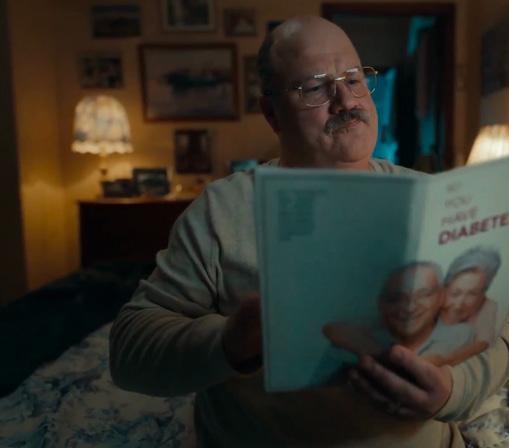
Hill Holliday's new CCO Stephanie Berman talks to us about how humanizing health can lead to work that connects emotionally.


Any work from the industry that excited you from last year?
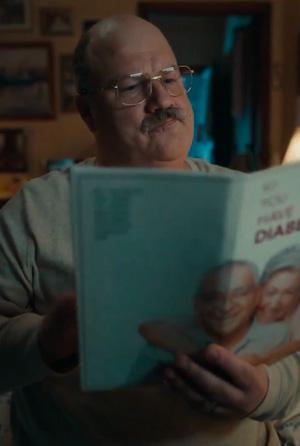
There was some amazing work driven by innovative technology – those are often opportunities the agency identifies and takes to a client proactively, so hats off to that. But there were a few pieces that clearly came out of more standard client briefs, for projects that need to survive layers of client approvals and multiple medical/legal/regulatory reviews, where teams managed to keep their strong ideas intact and had the tenacity and obsession it takes to deliver push-every-last-pixel-like-yourlife-depends-on-it execution.
The Unwearable Collection from Area 23 for Boehringer Ingelheim redefined what a convention experience can be. House Rules from McCann Health New Jersey for Phexxi is a great use of celebrity, and the production design is just damned gorgeous. The Be You spot from Wunderman Thompson Health for Tezspire could have been so ordinary, but in agreeing to animation the client has a delightful piece that stands out for its thoughtful and engaging patient portrayal. And finally, Now You Know from Anomaly NY for Abbott Freestyle Libre is a really fresh, non-patronizing, yes-that’s-me execution against a painful insight, and there’s not nearly enough of this kind of humor in healthcare.
What trends have you seen emerging within Health & Wellness and Pharma?
Tiktok-first creative. The platform has exploded over the past year and is changing the way in which consumers are consuming content. And the continued rise of the content creators is something all platforms are talking about and leaning into. Social is a learning destination for patients who trust their peers, but there’s more misinformation and confusion than ever, and it’s a big opportunity for the industry to step in and try to ensure patients have accurate information to support their decisions. On a related note, we’re also seeing the rise of HCPs as influencers (#DocTalk), with more HCPs taking to social to help educate and debunk false information being shared.
We’re also engaging with our younger audiences in a different way. They look at their consumption decisions as an expression
NOW YOU KNOW - ABBOTT - ANOMALY, NEW YORKof their values and identity, even when it comes to their health. We’ve made a lot of progress in creating content that reflects the world around us, but there are still a lot of blind spots where we can collectively be doing better and need to continue to push – which they will make sure to tell you when you get them in a focus group. Many people, Gen Z in particular, are less interested in perfection and the unreal standards of the curated self. There’s a new desire for raw truth with all its struggles and imperfection. A third of consumers are more willing to trust people if they know about their difficulties – and that desire for ‘rawthenticity’ should impact how we interact with transparency and heart on behalf of our brands.
What were the biggest obstacles you faced in 2022, and are there any challenges you expect to see in 2023?
It’s the same answer you’d likely get from most agency leaders – ongoing financial pressure from clients who are under pressure, and the consequent need to do more with less. We’re smart at getting things done well with less money, less time, less process steps, or less people involved, but it demands a careful calibration of what can flex in each situation to deliver for our clients while maintaining strategic integrity and creative quality.
What advice would you give to other creatives/companies trying to break into the Top 10?
These are the questions I ask teams who want to win.
• Have you earned trust? If not, take time to build it by doing the everyday exceedingly well.
• Where can you succeed? Your first creative win with a client might not be a big TV or OLV spot. It’s such a big investment and so there are many, many people involved in the decisionmaking process. That’s not to say you shouldn’t push for amazing. But don’t forget to look for smaller, under-the-radar opportunities to shine. MOA videos, printed pieces, convention opportunities are all creative goldmines so dig there.
• Do you have an internal client advocate, who will fight for what great looks like? You need to understand what success looks like to them, what their internal barriers are, and how you can arm them to overcome the hurdles.
• Can you elevate the craft? We often need to show the solution, which can lead to a whole lot of ordinary, boring lifestyle footage. But if you reimagine it, animate it, push what ‘normal life’ can be, you might just get to something magical.
What are your creative ambitions for 2023, and how important are creative awards in achieving those goals?
I just arrived at Hill Holliday Health, and I’m discovering a culture that is committed to creativity, and to authentic work that connects on an emotional level with patients to help them move towards better health. So that is a very promising place to build from, and it’s a great team. Many of the folks I’ve been getting to know in recent weeks helped inform this discussion, as we chart our path forward for 2023 and beyond. There is some beautifully executed work in play for creative awards, and as always, this will be a welcome celebration of our team and our clients. It’s not why you do the work, but famous work matters in attracting and keeping great talent, as well as great clients who are looking for the kind of work we deliver.
Taking a broader view, in a time of cultural chaos and division, great work that wins hearts and minds (and maybe awards) can help people feel that they are seen and heard. Not just in the ads they see or the campaigns they engage with, although that’s important. More in the real changes that brands have the power to impact and support.
How do you spot and evaluate award winning work?
First, does the idea solve a real problem, and does that problem align with our brand purpose? Then, have we seen it before? Is it empathetic? Simple? Sticky? Yes? Then we might be onto something.
Is there anything exciting you’re working on now? (That you can tell us about).
Unlocking TikTok for pharma. Harnessing the power of the platform by approaching it as a creator would, not like a pharma advertiser. It’s where millions of people are hanging out, looking to be entertained, informed, inspired. For many young people, it’s replaced Google as the search engine of choice, and has an enormous power to influence.
 HOUSE RULES - PHEXXI - MCCANN HEALTH NEW JERSEY
HOUSE RULES - PHEXXI - MCCANN HEALTH NEW JERSEY

A delve into the latest campaign by Klick Health, and how personal tragedy can act as a catalyst to creating powerful stories.


The Bridge, a powerful new film from Klick Health, looks at the intrinsic bond between people and their pets, and how that bond can act as a lifeline for both. We spoke to Bernardo Romero, co-writer and “Maker” at Klick Health about the inspiration and process behind the campaign.
AH: The film delves into a deeply personal emotive space, where did the inspiration for the film come from?
BR: The film was inspired by a heart-warming true story I was told during a difficult time in my life. When riding the NY subway shortly after losing my own dog, a stranger shared the story with me in an attempt to cheer me up. We hope ‘The Bridge’ will be a catalyst for more life-changing encounters between fur friends and people, and will help PAWS NY in their fundraising efforts so they can keep doing their amazing work.
I believe there is great power in storytelling. As a healthcare agency, that means reaching people in need and working to save lives by telling some of the most important health stories in the world. The pandemic has changed human behaviour and content has never been more important. So we’re focused on creating powerful stories that will resonate with people, hopefully inspire them, and bring about positive change in the world.

The animation style is really unique, what decisions were made to create a style that fits so personally with the piece and conveys the emotions and personalities of both protagonists?
Art direction was pivotal in depicting the main characters’ internal mental health struggles. The overall art direction of the film was developed to convey a hostile world where our characters feel cramped and unwelcome in the world they inhabit. Our characters’ surroundings are distorted and feature gothic-inspired angles. Meanwhile, the main characters were designed to have unusual proportions and we used edgy, scribbled textures to portray their stress and agony. The shaky effect on all the characters, objects, and fonts creates an overall sense of instability and a need for resolution.

Colour also plays an important role in the narrative of the film. The colours blue and grey in the film are a metaphor for the man’s mental state. Conversely, orange is used to represent hope and the road to healing. It first appears in short flashes triggered by the positive interactions they have with each other and culminates in a fully transformed, bright, orange world reflecting the characters' now positive and hopeful mental states, following their now unbreakable human-animal bond. It’s a really special film.
The music works hard to convey the bond between the characters, why was this particular track chosen?
The Bridge uses “Perfect Day” -– the 1972 hit by Grammywinning musician, songwriter, and poet Lou Reed to bring attention to the mental health benefits of pets.
After going through hundreds of iconic songs that could represent the mental state of our character, it was clear to us the “Perfect Day” was the perfect song. We also love the fact that he once put on a high-frequency concert for dogs and himself owned a pup named Lolabelle. After negotiations with Lou Reed's estate, they felt confident and comfortable sharing his legacy through this film. We could not be more proud to have this song as a way to articulate the dichotomy between the characters and the definition of a perfect day.
Deloitte Digital's Angela Williams reflects on what it takes to take meaningful work.

 Angela Williams Creative Director
Angela Williams Creative Director
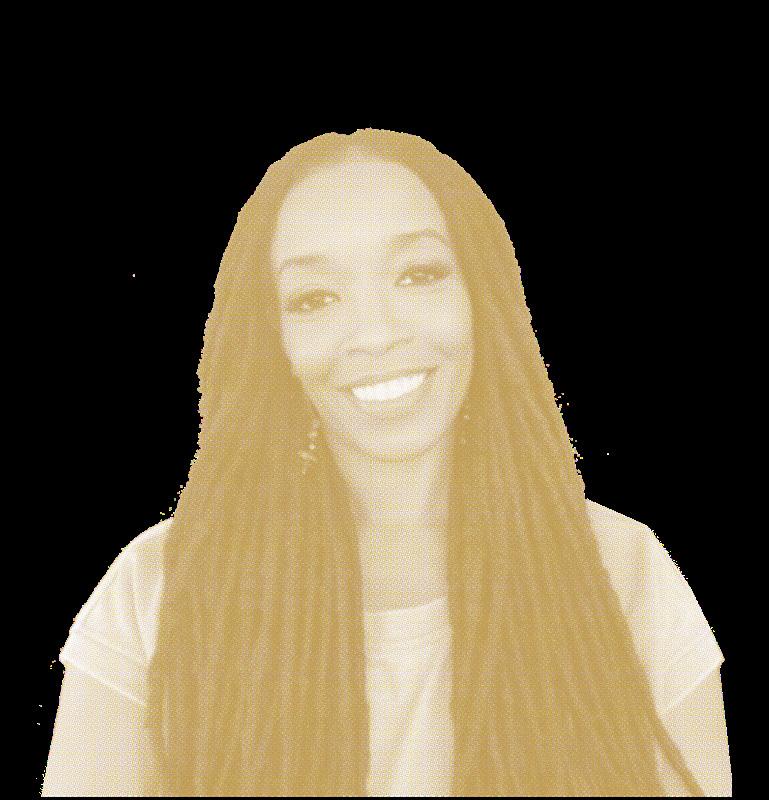
Any work from the industry that excited you from last year?
Deloitte Digital's NYU Langone's Hearts for Phyllis really impressed me. It set the bar for what storytelling should be. The cinematography, sound design, slow motion, and peripheral hyperlapse speed captured a sense of urgency in a strikingly immersive way. It dispels the notion that when consumers become patients, they no longer need a compelling story to move them to visit their doctor, inquire about a treatment, or in this case, visit one of the best hospitals to get the care they deserve. It establishes a new look, feel, and standard in the health and wellness space.

But more than that, how in just a few supers, the campaign told Phillis's real-life story of being turned down for a heart transplant by other hospitals due to her age, only to have NYU Langone step in to perform the life-saving surgery was masterful.
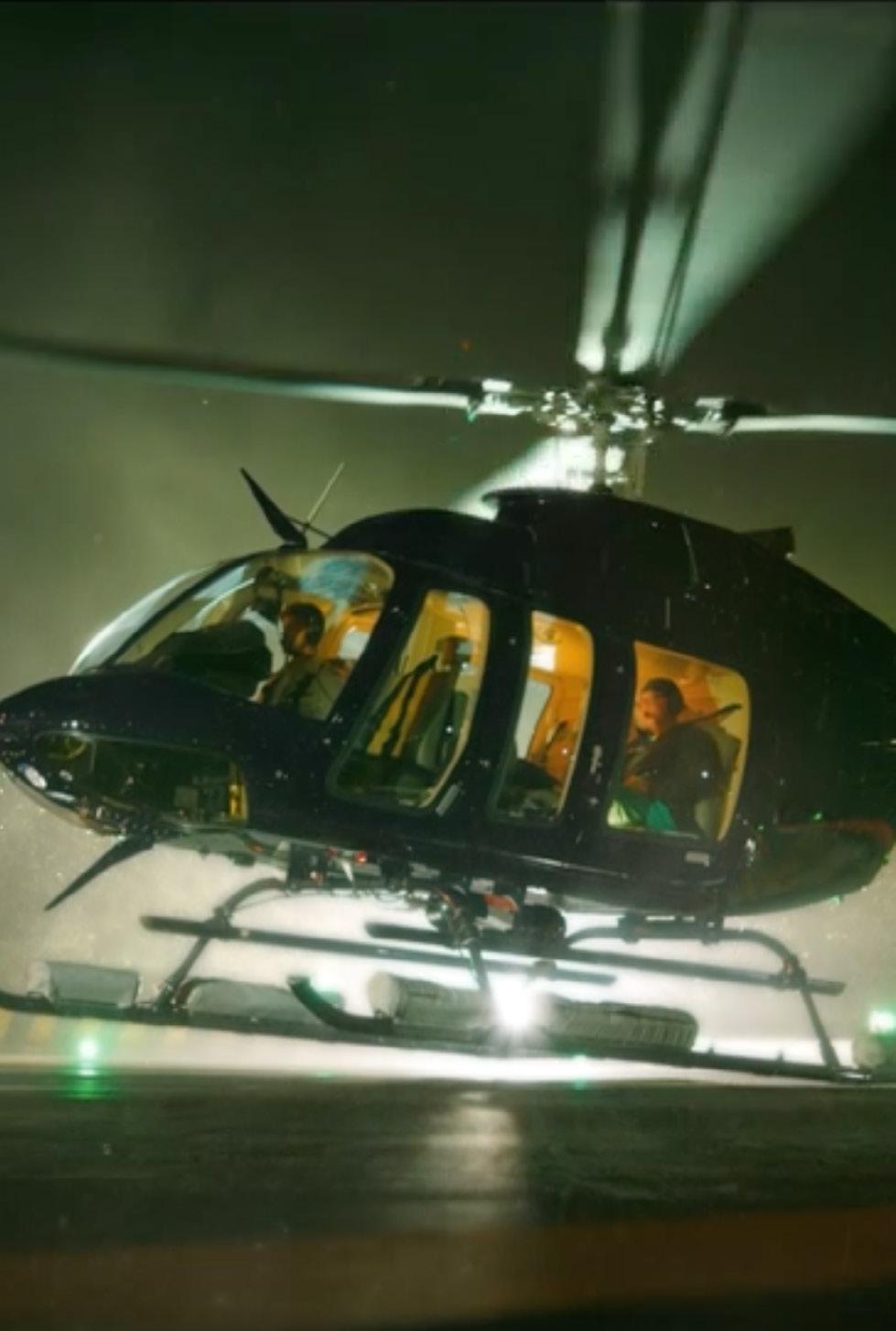
That is what excites me—purpose-driven work. Because purposeful work energizes people, informs their care decisions, and guides their day-to-day behaviour toward the greater good when done right.
That's why The Morning After Island and Malnutrition Labels also resonated with me. The way these campaigns brought attention to women's reproductive rights and food scarcity in America, respectively, shows how work grounded in purpose can bring the type of awareness that drives change.
What trends have you seen emerging within Health & Wellness and Pharma?
An interesting trend I saw emerging in Health & Wellness and Pharma last year was the use of animation and gaming as powerful storytelling devices. While animation and gaming are certainly not new in the space, the number of pieces and the elevated craft of said pieces was a pleasant surprise. I’m not sure how much the pandemic influenced these creative choices but The Battle Inside and Trapped were great examples of how in such a highly regulated industry, great work can push boundaries that really pay off.
HEARTS FOR PHYLLIS - NYU LANGONE - DELOITTE DIGITALWhat were the biggest obstacles you faced in 2022, and are there any challenges you expect to see in 2023?
I would be remiss if I did not mention how the pandemic impacted and influenced my work and agency life going forward. My biggest pet peeve has always been "computer creatives." People who solely rely on information found in "searches" and/or by references. To create groundbreaking work, you must experience life, bask in it, and be informed by it. And for a long time, we could not do that. Now that we can, we must find our way back to the art of exploration and adapt to a hybrid work model that works well but is still evolving.
Beyond the pandemic, the biggest obstacle has been and will always be creating authentic, breathtaking work that is not only award-winning but actually makes a difference. As creatives, we have the unique burden of taking what someone has said or done 10,000 times before and making it feel different and special.

What advice would you give to other creatives/companies trying to break into the Top 10?
My advice to other creatives/companies trying to break into the Top 10 is don't try to break into the Top 10. Focus on creating great work. The accolades will follow.
What are your creative ambitions for 2023, and how important are creative awards in achieving those goals?
For 2023, my creative ambition is to create more inclusive, cultural shifting work that appeals to more than one demo. Diversity of thought and perspective is key, the world is changing, and to stay relevant, creatives must change with it. Advertising, storytelling, and design should reflect the markets it serves, and diversity should be reflected in the senior creative leadership ranks as well.
Awards do have a role in the creative universe, but I think one can achieve creative goals without them. However, I will say, for better or for worst, awards are currency in this industry. It gives the work a bigger platform to reach bigger audiences and gives creatives more leverage to create the stuff we feel will make a difference.
The way that I spot and evaluate award-winning work is first by asking myself did the idea help solve the right problem. Because let’s be clear, creatives are in the problem-solving business. We are not in the “write a catchy headline and launch a flashy activation” business. Secondly, I evaluate whether the idea is grounded in a vital insight. Because the type of award-winning work that resonates with me is work that has a good foundation of data, is simple and strategic in its execution and delivers a powerful punch. Then finally craft. Is it well made? Does the production/artistic value line up with the storytelling?
Is there anything exciting you’re working on now? (That you can tell us about).
Yes, we have some exciting stuff in the works at Deloitte Digital. I can't talk about it now, but you will hear about it in the future.
THE BATTLE INSIDE - CRIS CANCER FOUNDATION - CHEIL SPAINTo create groundbreaking work, you must experience life, bask in it, and be informed by it.

In a world where lines become blurred, how do we blend healthcare, technology and creativity.
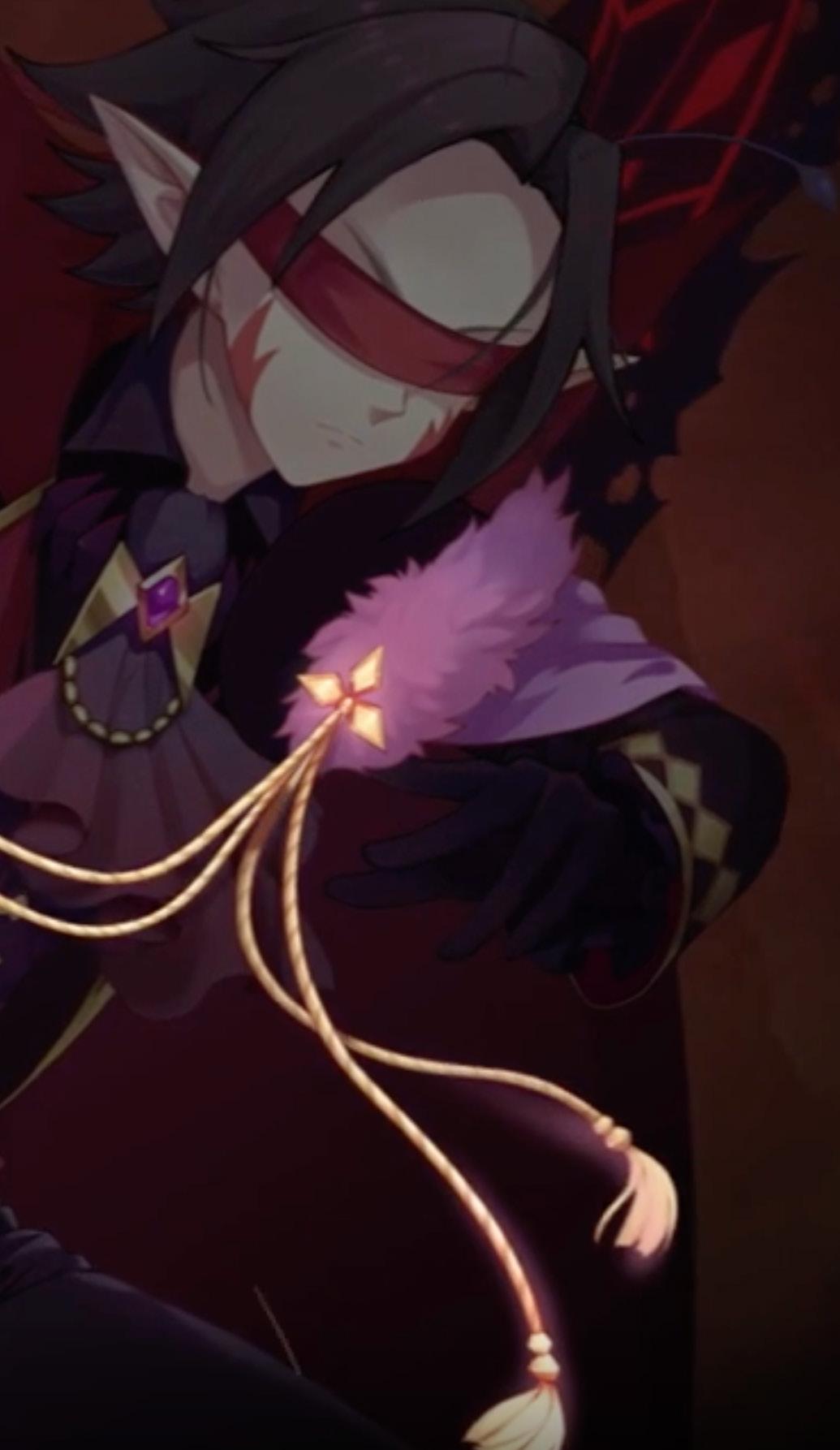 Vickie McGee
Vickie McGee

Any work from the industry that excited you from last year?
As a woman who games, I’m acutely aware of the risk and impact of online bullying. So, when I saw that Samsung had teamed up with China’s biggest game developers to tackle the issue, I was immediately invested. The idea was simple. Samsung hacked ‘Magic Quest’ – China’s equivalent of World of Warcraft – so that when the built-in chat system detected toxic language, the price of in-game purchases for the offending player was raised. Quite literally, it made bullies pay for their actions. This simple solution, executed elegantly, resulted in reports of in-game bullying falling by 40%. And the idea was a real testament to the willingness of Samsung to meet their audience head-on using the very platform they had co-opted – the game itself.

What trends have you seen emerging within Health & Wellness and Pharma?
One trend that is emerging throughout all industries is the leveraging of creativity through digital platforms. Take Amazon, Spotify and Google. They are constantly innovating and finding ways to connect and personalise interactions with their audience directly. Spotify Wrapped, for example, was a simple, shareable, data-driven delight. And I think that harnessing platform creativity also holds exciting potential for the Health & Wellness and Pharma sectors, especially within the clinical trial realm (the area in which I work predominantly). If we can connect with patients, trial participants and clinical study site staff in novel and compelling ways, we can maximise interactions that could ultimately lead to better healthcare for everyone.
What were the biggest obstacles you faced in 2022 and are there any challenges you expect to see in 2023?
From an operational perspective, negotiating hybrid-working in a post-lockdown world was a challenge. Although hybrid working was always on the horizon and we already had flexible working policies in place, the pandemic accelerated the shift. And now we’re all just trying to find that balance. We know that embracing remote-working where appropriate can benefit wellbeing. But equally, we know how vital those random
THE COST OF BULLYING - SAMSUNG - CHEIL PENGTAI BEIJINGoffice conversations are when it comes to sparking valuable creative thinking. I trust my team to find balance week-to-week and make the right decisions for themselves and the agency –whether that’s increasing office presence during pitches and production pinch-points for better collaborative thinking to seeking solitude at times when deep focus is needed. But it’s a journey we’re on together and into 2023, I’m looking forward to us finding our rhythm as a team.
What advice would you give to other creatives / companies who are trying to break into the Top 10?
Go back to the basics. Get to the heart of what your audience needs rather than what they want. Because sometimes, those two things can look very different. And if your work isn’t founded on authenticity, it doesn’t matter how well-crafted a piece is, engagement will always be a challenge. That’s why I’m mindful when reviewing ideas and working with more junior team members to always start with the question: what was the objective? Because it’s all too easy to get carried away with execution sometimes and the result runs the risk of ringing hollow.
What are your creative ambitions for 2023, and how important are creative awards in achieving those goals?
In a nutshell, I want to use creativity as a force for good. In fact, that’s always been my ambition. The intersection of healthcare, technology and creativity can be a mercurial space. Ever shifting and hard to pin down. But if you can align all three –like Samsung did in their online bullying campaign – you can tap into something special and meet your audience where they already are. Which is why, as a Creative Director within the clinical trial space, I’m always trying to think of creative ways to connect with potential participants in order to help them take charge of their healthcare experiences. As for awards, it always feels amazing to have our work recognised by industry peers. And those accolades can certainly help us attract terrific talent with the skills to achieve our goals. But we like to think of them as a healthy side effect of doing the right thing.

How do you spot and evaluate award winning work?
For me, it’s all about the lean-in factor. And I don’t mean in the Sheryl Sandberg sense. I mean in the sense that when a creative team presents an idea that is truly great, my breath catches, I sit up a little straighter and I lean in across the table. Other ways of executing on the idea bubble up and before we know it, we’re all furiously scribbling notes and scamping ideas. Perhaps others would call that ‘scalability’. But for us, it’s part of how we challenge ourselves to ‘Think Further’. You simply can’t deny the almost physiological reaction to a truly great idea.
Is there anything exciting that Langland is working on now? (That you can tell us about).
Even over the course of my relatively short career, I’ve seen a significant shift in how mental ill health is viewed by the public and spoken about in certain sectors. And although the pandemic did much to destigmatise mental ill health challenges, there remains a level of unease for some when it comes to seeking help, especially within some demographics – a situation that results not only in people not seeking out the help they deserve, but which also puts them at risk of deep feelings of isolation and loneliness. Which is why Langland’s work for MIND particularly excites me. The campaign combines the experiences and words of individuals affected by mental ill health brought to life by a number of spoken word artists, resulting in a deeply moving series of communications. The result is work that is raw and powerful in equal measures. Work that refuses to shy away from the hard realities faced by our audience or dress it up in more palatable language. And that’s why this work excites me. Because if this campaign can help one person to feel seen, it was all worth it.
IF THIS SPEAKS TO YOU - MIND - LANGLANDThe intersection of healthcare, technology and creativity can be a mercurial space.
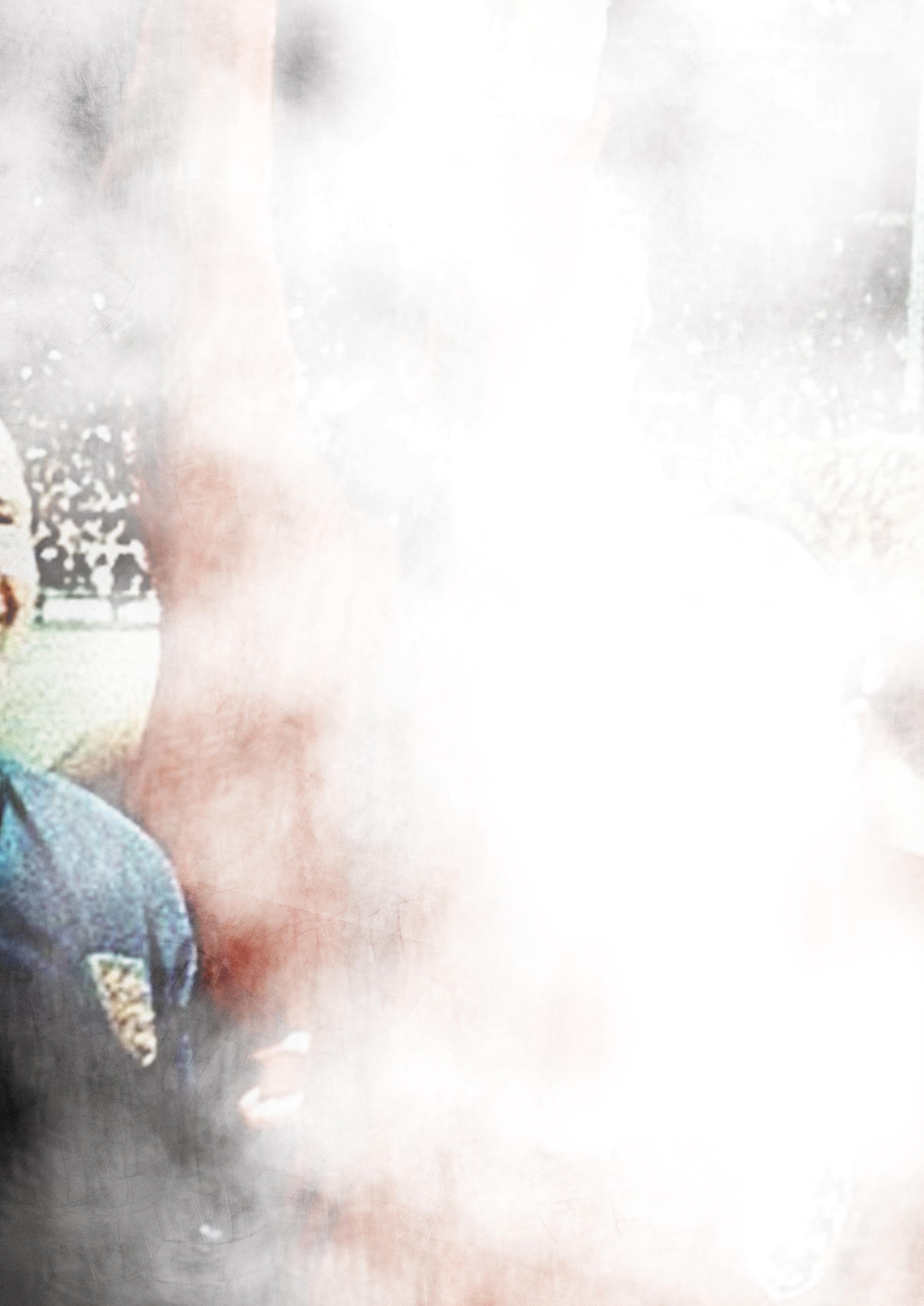
How The Leith Agency created an highly emotive campaign looking at the correlation of football and dementia.


Unforgettable Moments, an impactful campaign from the Leith Agency, uses data to show the link between repetitive heading in soccer and dementia. We speak to Creative Director John McPartland on the process that went into making this unforgettable campaign.
AH: The campaign uses visualises the long term effect that heading can have on footballers, what led you to use data to tell the story?
JM: Footballers are 5 times more likely to develop dementia than the general population, as a statistic in itself that’s frightening. However because the damage is caused over a prolonged period of time, its easy for people to not see how damaging heading can actually be. In other sports such as Boxing, its clear that there is going to be some damage to the brain, yet everybody has headed a football, you don't think twice about it. We wanted to take that time frame that the damage occurs and condense it down into one visual that people can see the damage instantly. To do this we needed to use the data such as the number of headers, speed of the ball and weight of the ball to accurately portray a careers worth of heading in one visual.

What considerations went into the players used in the campaign?
Unfortunately there were hundreds of players that could have featured in the campaign due to the scale of the problem. Football plays such a huge role in forming memories for millions of people across the world. And some of them moments pass from generation to generation. The 3 players used all played instrumental roles in creating some of the most unforgettable moments in world cup history, yet died not remembering them. It's such a tragic story, and we felt the need to tell it to the world.
How were the images for the campaign physically created?
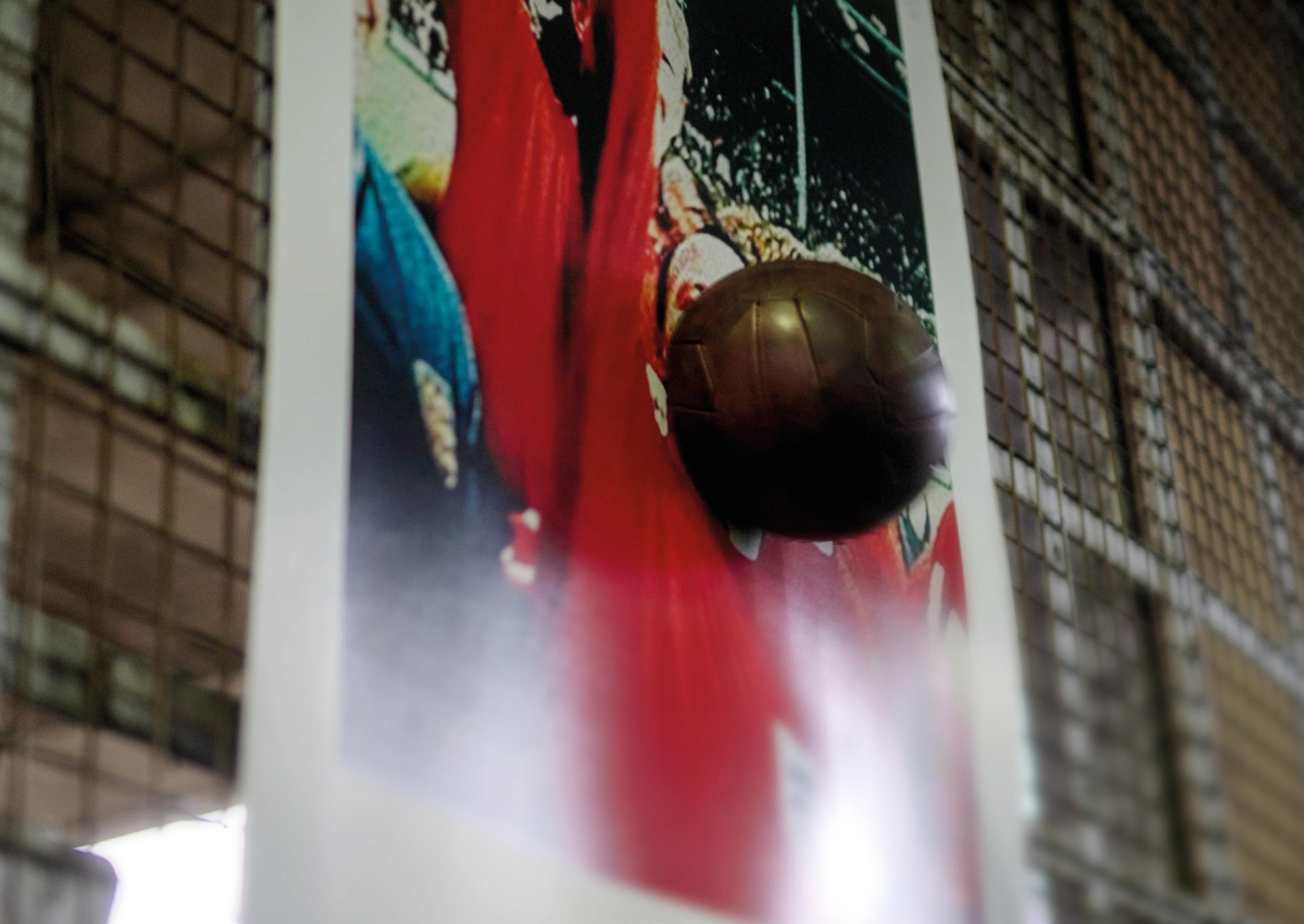
To sound very technical, we hit them with footballs. We used a ball distribution machine to impact the images at the same speed as a player would head a ball at, 65km/h. We repeated this over 7,600 times, the average amount of times a player would head the ball during their career. In doing so over time the image began to fade due to the deterioration of the ink, mimicking the process that happens to the brain. It was a painstaking process but it we wanted the process to be done by hand so that the process of the campaign became part of the story itself.
What has been the reaction to the campaign so far?
So far it's been really positive. The problem that we were facing isn't just that people were unable to see the issue, but as a whole there is a generational divide when it comes to player welfare in sports. Whilst new data and research continues to highlight the long term health issues that sport is having on players, there is an opposing force trying to diminish the findings as people trying to ruin the game. The campaign has begun to open more discussions to see how player welfare can be protected more. For instance the Scottish FA have just made changes so that players can't head the ball in training the day before or after a match. What may feel like a small change is huge for us and a step in the right direction.
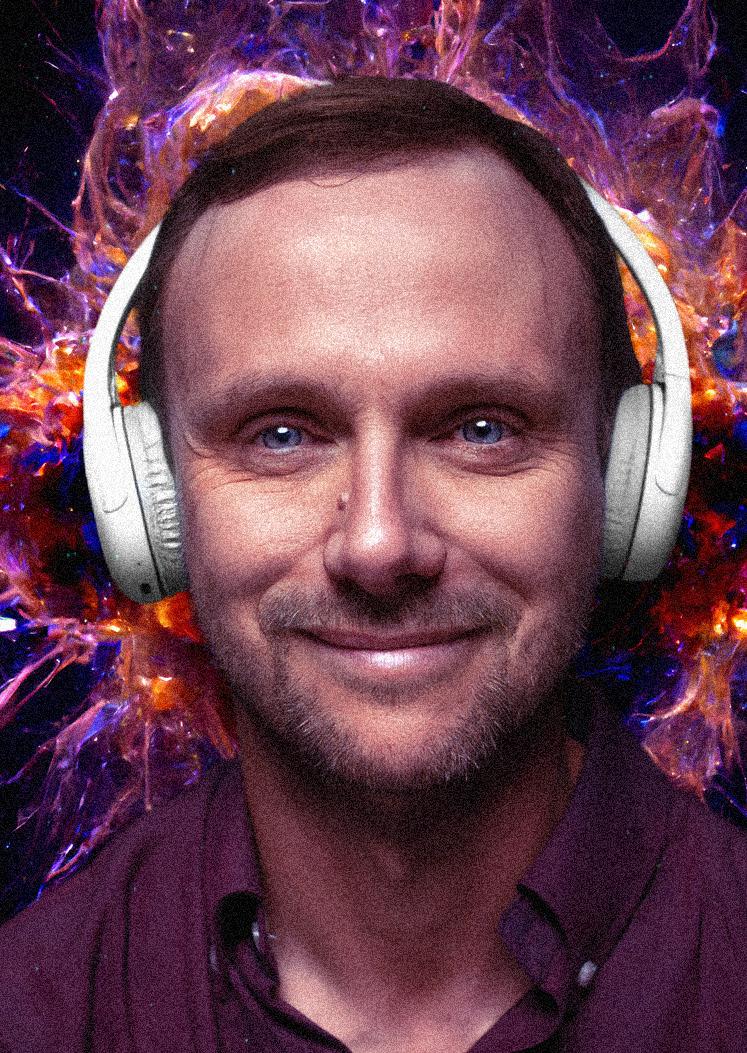

A delve into the latest campaign by Grey NY, and how capturing the sound of cancer cells dying created the most beautiful sound.



The American Cancer Society estimates that every day in the United States, over 5000 people hear the words: “You have cancer”. We wanted to give these people a new sound. ‘The Most Beautiful Sound’ is a scientific breakthrough that, for the first time in human history, has captured the sound of cancer cells dying. It started out as a provocatively wonderful idea from Grey New York and developed into a worldwide search for a scientific institution and scientist who was working at the cutting-edge of medicine, to help turn this thought into reality. After a 2-year clinical journey, in partnership and development with Harvard Medical School, the Wellman Center for Photomedicine, and Massachusetts General Hospital, we were able to capture a new sound in oncology.
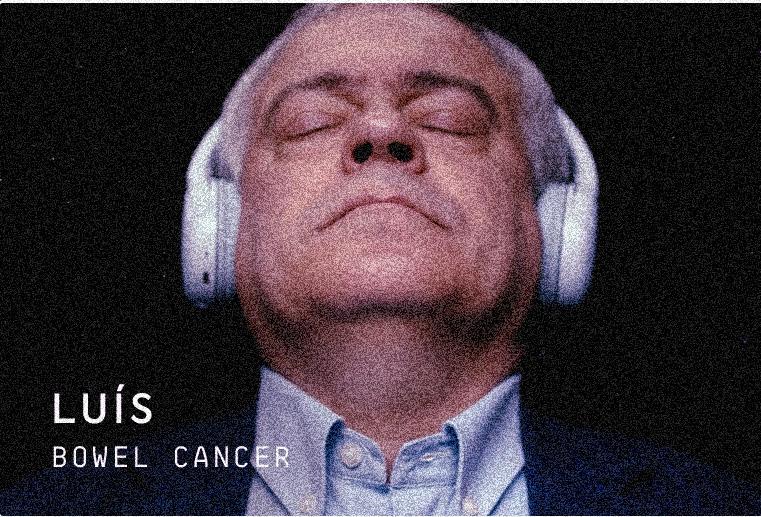

A sound that we, and The American Society of Clinical Oncology, believes every person living with cancer deserves to hear.
We co-ran a research study, titled: “The Acquisition and Sonification of Coherent Raman images of cancer cell death”, conducted under the supervision of Principal Investigator Conor Evans, PhD, Massachusetts General Hospital, Wellman Center for Photomedicine & Harvard Medical School.
“There’s motion and vibration within all cells, including those with cancer. Using a Stimulated Ramen scattering technique, we measured the movement of multiple cancer cells at the precise moment of cellular death and transcribed those motions into sounds you can hear. The idea of taking something invisible and giving it sound and giving it perspective, giving it the ability to
be perceived struck me as something that could be very powerful for patients in their journey fighting cancer.”
Nurse Specialist at the Clatterbridge Cancer Center, NHS Foundation Trust.
–Dr. Conor Evans, Ph.D. Associate Professor at Harvard Medical School.
The study concluded with the world’s first scientifically validated sonification of cancer death, across 7 cancer cell lines within the most prevalent cancer types. This sound was used as the basis for the campaign.
We launched the campaign with an online film, which captures the real-life experience of cancer survivorTabby Duff - as she listens to the sound of her own cancer cells dying for the first time. We also shared the sound with 10 real cancer patients in a controlled and regulated experience, with overwhelming impact. These moving moments will form part of a larger activation at this year’s ASCO conference, where we will bring the sound to the global oncology community through experiential sound booths and installations.
“This is more than just a simple sound. It has immense potential as a therapy, giving our patients more resilience and psychological support”. – Ann Griffiths, Clinical
People could hear other sounds of survival and patient diagnosis stories online. We also made ‘The Most Beautiful Sound’ an open-sourced sound therapy that is available to download for all hospitals, universities, patients, and caregivers.
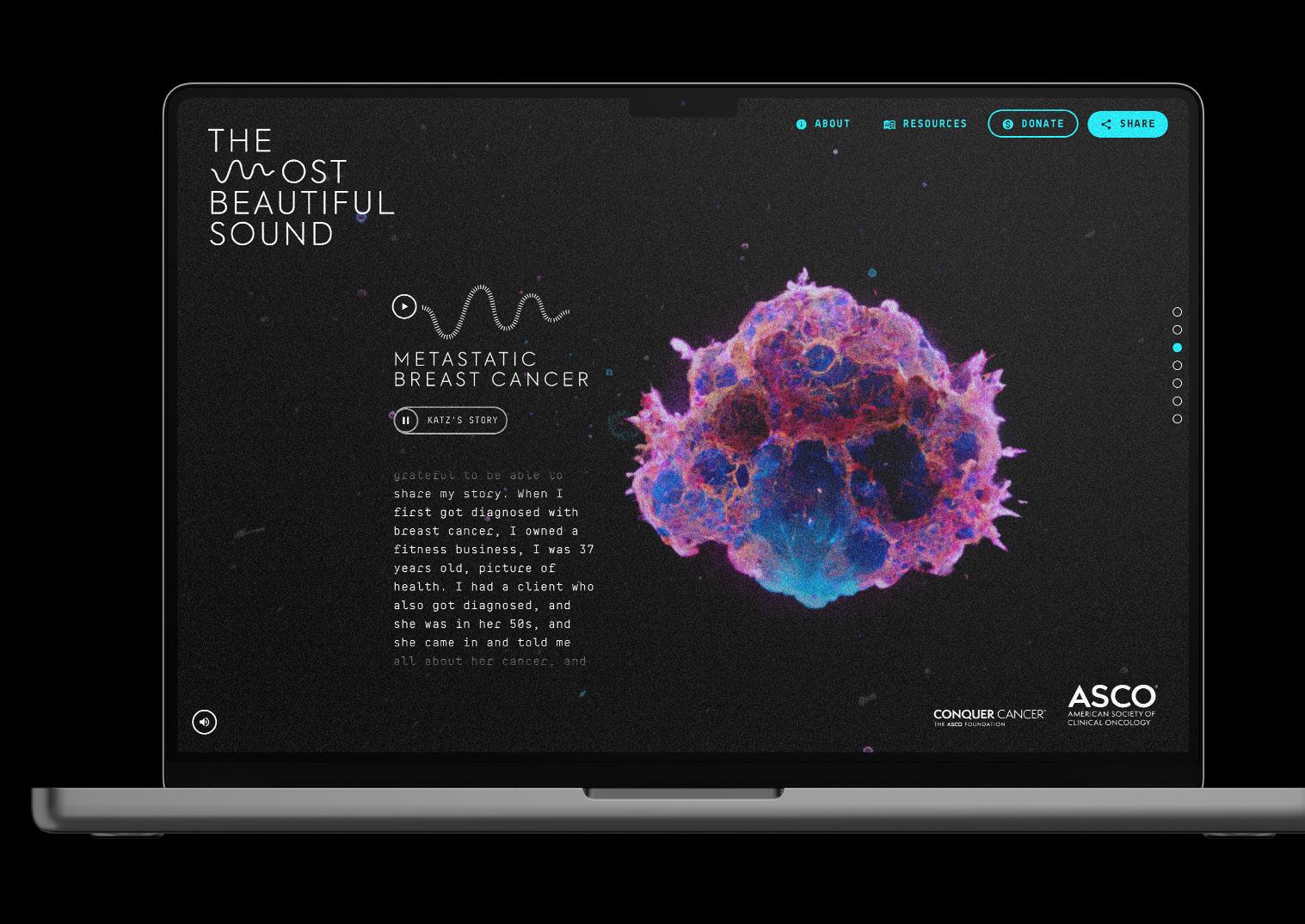
“Both remarkable and poignant, ‘The Most Beautiful Sound’ serves not only as a testament to the growing collaboration between creativity, technology, and medicine, but also as a tool for patients to meditate, visualize and manifest, while harnessing the science of psychoneuroimmunology to build their resilience and enable a more positive cancer outcome.” – Conn Bertish, Brain Cancer survivor and Founder of Cancer Dojo.
The campaign will continue to grow, as we explore new partnerships with artists, musicians, and doctors to help bring this sound to those that desperately need to hear it.
Because there’s nothing more beautiful than the sound of cancer dying.
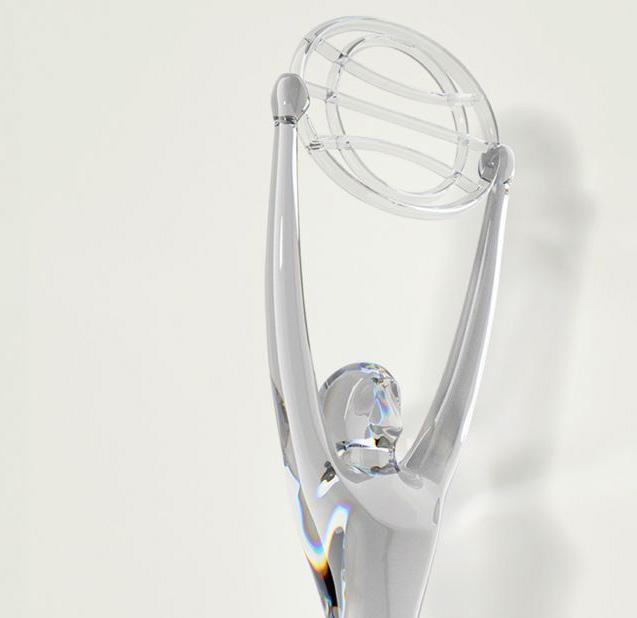
We talk to Lucas Sfair, Director of the most awarded audio company of the year.


Any work from the industry that excited you from last year?
I loved “The Wish” by Serviceplan, which won the Grand Prix in Film Craft at Cannes,. It's such a beautiful pure narrative and visually cinematic.

What trends have you seen emerging within Health & Wellness and Pharma?
I believe that soon Health won't be seen as a separate part of the industry. There are many campaigns made by health agencies that are winning big in consumer focussed categories and we are seeing more non health agencies winning in healthcare categories. I think DATA and AI are being are set to define the industry, we are starting to see the potential in what we can achieve with these new mediums, the ways in which it will branch out to every aspect of work will be really exciting to see.
What were the biggest obstacles you faced in 2022 and are there any challenges you expect to see in 2023?
The biggest obstacles in 2022 weren’t from the industry, but from society itself. In Brazil, we had the strangest and most volatile elections ever in our country, it created a tension unseen before. But at least we were lucky enough to have elections. Fake News played a huge part in this, it's a real threat that can endanger democracy and shows how technology can be manipulated when used by the wrong people. The advertising industry can help combat this by making people aware of what they are being exposed to.
What are your creative ambitions for 2023, and how important are creative awards in achieving those goals?
Canja was awarded No1 Music & Sound Company of the year at LIA and D&AD. This is something unheard of for a production company based in Brazil and beyond our wildest expectations. Our goal is to continue to win in the Craft categories (music and sound) and go beyond advertising. These awards can highlight our work and always help build relationships with top creatives and agencies.
How do you spot and evaluate award winning work?
What advice would you give to other creatives / companies who are trying to break into the Top 10?
If you tested something and it worked well, please don't repeat it. Always try to be fresh, look for new solutions and don't let yourself be dominated by something you've done before. Look for the next thing. Forget your past success. Go forward, keep going and push hard. Change everything all the time, even if you've won before with your current structure, you can never stand still.
I always look for the problem. I think that when it starts with an interesting problem, it will end with an interesting solution. For example: when everyone was trying to solve the same problems in sugar consumption, LIL SUGAR came and talked about everything that wasn't called sugar. It’s something that started with an interesting problem, 'sugar is disguised using other names". The work was then so interesting and different that hadn't been looked at in that way before, then it went on to win the Grand Prix for Good at Cannes as well as countless others. I had the pleasure to work on this project from the beginning and the concept always felt exciting and fresh.
Is there anything exciting you’re working on now? (That you can tell us about).
We're working on some big projects that could come back to the awards stage. I can't tell you about them yet but all I can say is that we're working on something within Health & Wellness and Pharma that involves a Rock'n Roll legend. It will be great!

Always try to be fresh, look for new solutions and not let yourself be dominated by something you've done before

WPP and SeeHer Release ‘Health On Her Terms’ -- New Research Reveals Significant Gaps and Continued Gender Bias in Marketing, Advertising and Media Portraying Women and their Health

WPP has partnered with SeeHer, the leading global movement to accurately portray women in marketing, advertising, media and entertainment, to unveil “Health On Her Terms (HOHT).” The new research study reveals critical gaps and opportunities focused on women and people who identify as women across reproductive care, weight diversity and mental health.
Women handle more than 80% of healthcare spending decisions in the U.S, and they make up 65% of the workforce in the healthcare industry.[1] Yet for all the progress made in gender equality over the years, there are serious disparities and issues in the way women’s health is portrayed in media, and women and other marginalized genders are not framed as a primary audience in health marketing. Women say that they’re likely to be loyal to brands who tackle entrenched and pervasive taboos in media—and speak to them authentically and with dignity.
Lindsay Pattison, Chief Client Officer of WPP, said: “Advertisers tend to flatten womanhood and our health needs into a demographic box. But women's health is far more dynamic and nuanced than how it’s currently presented in the media. Our industry has a responsibility to transform how women are portrayed and provide more multifaceted representation and prioritize showing women’s mental health more authentically, weight more realistically and reproductive health more inclusively.”

Cassandra Sinclair, President, Grey Health and Wellness, said: “This groundbreaking study shows that we as marketers in health and wellness must do a better job listening to the needs of women and connecting with them on their terms and their personal health needs. Women want brands to be vulnerable, brave, and real. They want brands to understand that their health is personal and connecting with them must be more inclusive of the realities of their lives.”
Rachel Lowenstein, Global Head of Inclusive Innovation, Mindshare, said: The state of women’s health and bodily autonomy, including healthcare for trans and non-binary communities, is in a tenuous place. Media and communications play a significant role in the pervasive taboos on topics like reproductive care, mental health, and more. But it doesn’t have
Nearly half of women believe that media and advertising shy away from women’s health issues
45% of all BIWOC (Black, Indigenous, Women of Color) want to see more representation of race/ethnicity in health communications
Less than 25% of women are not seeking out information about their reproductive health from healthcare professionals, media or peers due to enduring taboos
to be that way. Brands have an opportunity to affect change and give women and marginalized genders the more nuanced, diverse, honest representation that they deserve. In doing so, they can earn this audience’s loyalty while driving positive change in the world around us.
Christine Guilfoyle, Executive Vice President, SeeHer, Association of National Advertisers, said: “We’re so proud to partner with WPP on this important study. The insight clearly demonstrates that consumers want content reflecting women in their multiplicity, with diverse needs and experiences, rather than monolithic storytelling. When it comes to depictions of women's health and wellness, there is much work to be done. With this study, we are launching a new vertical, SeeHer Health, to accurately represent women's health and wellness-related issues across marketing, media, and entertainment.”
WPP agencies Grey and Mindshare partnered to uncover and analyze prevalent themes on the reality of women’s health in today’s environment, how women’s health is being depicted in media today, and how brands can modify efforts to better represent and transform the support of her health needs. Top themes that emerged include:
- Dynamism of Womanhood: The media positions women’s experiences of health in a singular fashion. The way in which brands currently connect with women is at odds with the way in which women self-identify. A total of 44% of BIWOC want to see more diverse representations of race/ethnicity in health communications, as the media places a strong emphasis on womanhood as young, white, cishet, and non-disabled.
- End of Exceptionalism: Research found women are rarely marketed just as they are, with brands instead prioritizing women doing extraordinary things. Marketing efforts need to expand to focus on a broader, more diverse segment of women and decrease focus on this phenomenon of exceptionalism to drive inclusion.
- Go Beyond Women Seen Solely as Caregivers : Women are still seen primarily in the context of their ability to care for others and expressed the need to be seen for her whole self. Her self-worth needs to be seen as more than caring for others.
WPP and SeeHer have also put together “The Marketer’s Hippocratic Oath to Women”, based upon one of the oldest binding oaths in history, still held sacred by physicians today. Supporting each of the three themes, the “Marketer’s Hippocratic Oath to Women” states “to not only do no harm but to drive real change” and create better outcomes for women themselves, as well as their businesses.
WPP and SeeHer pursued this research to encourage brands and organizations to break down historical barriers and invest further thinking, insights and resources to ensure women’s true perspectives and needs are accurately translated into strategies to drive better health outcomes for women.
52% of women report miscarriages as not portrayed or portrayed negatively and 53% share that periods are not represented in marketing and advertising
Less than 50% of women, specifically moms, feel that mental health is well represented, and that number goes down among Gen Z women and nonbinary women
52% of women say depictions of weight are unrealistic

Havas Lynx Groups CCO Alex Okada talks about how any brief can become a huge opportunity.


Any work from the industry that excited you from last year?
Technology should not be considered a “trend” because it’s a necessity and a constant in moving things forward. But this time I think we need to make an exception… because I see three different fronts where different aspects of technology are deeply changing things. The first is medical where new therapies and treatments, like gene therapy, are reaching a moment that promises to transform the landscape in many areas. The second is the AI advancements that are fast moving and can impact plenty of aspects of the H&W creative process. And lastly, the creativity recognition itself where tech companies are entering into awards shows for H&W and Pharma. Most of the big winners at Cannes last year were either lead by, or created in partnership, with a tech company.
What's your favourite piece of work that isn't yours from this year’s shows?
The first is not from a pharma company, but from a grocery store. But it’s related to the category since it’s a message about the COVID pandemic. It’s “The Wish”. A fantastic film about a teen son that asks his mum what her wish for Christmas would be. Her wish is very unexpected at first: that he behaved like a rebel – escaping classes, lying about school grades, and throwing secret parties. But finally, we find out what this is really about: the wish is for her son to get back the two years of life that he totally missed because of lockdown. For him to live and have experiences like a normal teen.
The second is “Letters for a Law” where a Chilean Association was fighting for a change in the law that would decriminalise the use of cannabis for Parkinson’s therapy. And they did something simple and elegant… they asked sufferers to write two letters to the Congress. One before the cannabis drops and one after. The visual impact of the therapy effect on their handwriting is impressive and does the job beautifully.
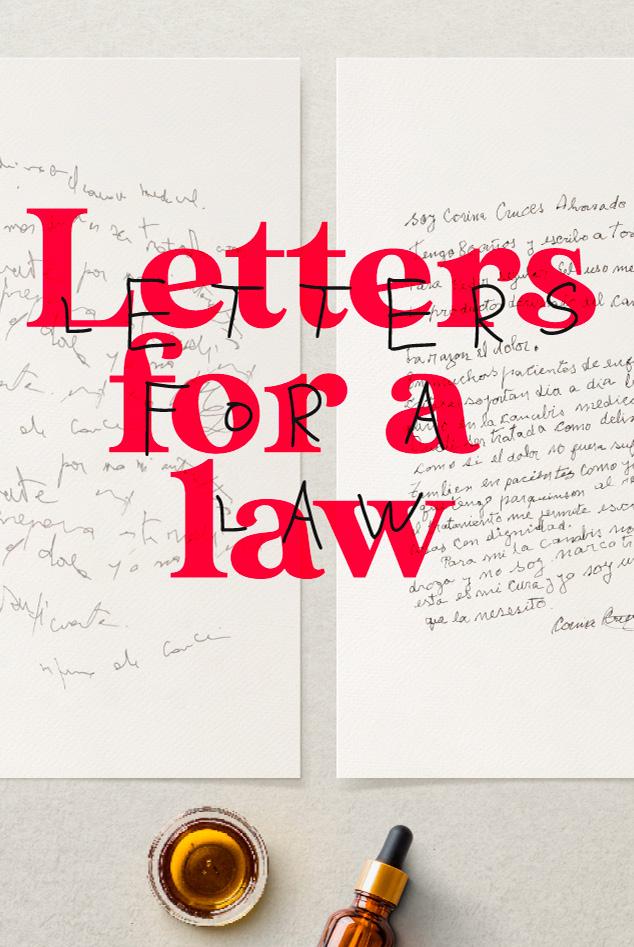 LETTERS FOR A LAW - FUNDACIÓN EL HERBÓLOGO - BBDO CHILIE
LETTERS FOR A LAW - FUNDACIÓN EL HERBÓLOGO - BBDO CHILIE

Winners in awards shows usually have this combination of freshness, ingenuity, and craft. So, they are new and unexpected, usually the result of looking at things from a different point of view. It’s not only about solving a problem… it’s about solving problems in an ingenious and elegant way. And finally, the craft is what makes the difference between the colour of the metals.
How have you adapted to working remotely and are there any ways of working you will keep moving forward?
In my case, it was not a significant difference because my previous role was Global ECD for multiple brands, so most of the time I was working remotely with teams from different parts of the world. US, Brazil, South Africa, Colombia, Singapore, Spain, Germany, Australia… a remote model was already part of my everyday routine. For me the hybrid model has come to stay, and we can all benefit from it, especially if your agency has a strong collaborative culture. You just need to pay special attention to the young talent that are impacted by the nonpresential ways of modern day working, since they need close interaction to learn and grow.
The worst was not having the physical interaction with the teams and clients. The energy of working together, face-to-face, in the same space is totally different. You just can’t replicate that via Zoom or Teams!
Is there anything exciting you're working on now? (That you can tell us about.)
I’d say that for me, almost everything is exciting, because I’ve always imagined the possibilities of what things can be. So, no matter if it’s big or small, or if it’s easy or hard, it can be highly challenging and stimulating. But there are two specific opportunities that I’m especially excited by… one is a partnership with a tech start up to solve an inclusion issue and the other is a new way to approach a big problem common for all pharma companies. I wish I could tell you more…
THE WISH - PENNY - SERVICEPLAN, MUNICHAlmost everything is exciting, because I’ve always imagined the possibilities of what things can be
CONGRATULATIONS TO ALL OF THIS YEAR'S WINNERS
